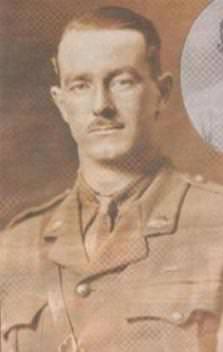
4th BATTALION - 33rd BATTALION AIF.
Lieutenant Colonel: Robert John Allwright MASSIE. D.S.O.
Born: 8th July 1890. St-Leonard, New South Wales, Australia. (No Registration Recorded)
Married 1: 3rd June 1919. London, England.
Wife 1: Phyllis Wood Massie. nee: Lang.
Married 2: 20th September 1947. Washington, D.C. USA.
Wife 2: Elizabeth Emily Squire Massie. nee: Crosse.
Died: 14th February 1966. Sydney, New South Wales, Australia. Death Cert:835/1966.
Father: Hugh Hamon Massie.
Mother: Tryphena Agnes Massie. nee:.
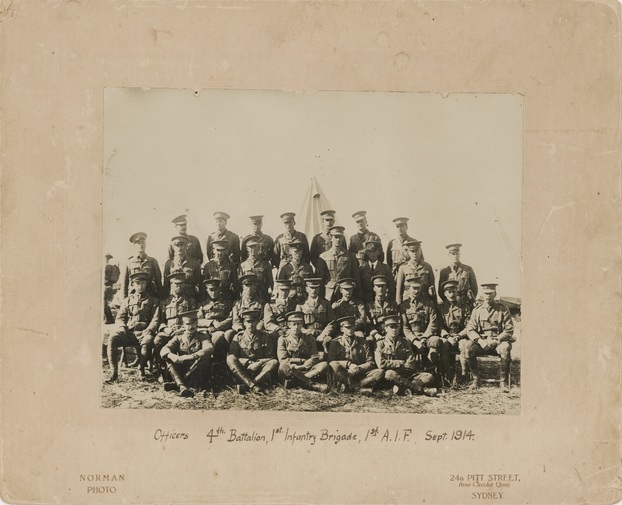
War was declared and he enlisted immediately. In October, his 4th Battalion sailed for Egypt and in April 1915, it formed part of the force which landed at Gallipoli.
Throughout that wretched campain, Massie performed with reckless heroism. On only his second day at Gallipoli, Massie's unit made a suicidal advance towards the Turkish lines after an order was misunderstood. When the Colonel leading the attack was shot down, it was Massie who tried to retrieve his body under withering Turkish gunfire.
Not all of the injuries Massie suffered at Gallipoli were inflicted by the Turks. Once he was wounded when he accidentally dropped a "jam tin bomb"- an improvised grenade- in his own trench. On another occasion, he returned to his own trenches only to be bayoneted by one of his own men, who had mistaken him for a Turkish attacker. He was lucky to escape with light wounds on both occasions.
But Massie occupied the front-line so fearlessly it was only a matter of time before he sustained a more serious injury. This happened at Lone Pine in August 1915 when a junior Officer, Iven Mackay, sent Massie to investigate the position of an outpost under heavy fire.
Army medical records state that Massie was struck by shrapnel from an exploding bombshell. The damage was severe; a shrapnel wound in the back of his left shoulder; a splintered shoulder-blade, broken ribs and a punctured lung. His bravery at Gallipoli was not forgotten. In January 1916 he was Mentioned in Dispatches and in February the French Government awarded him the Croix de Guerre.
London Gazette: 28th January 1916, page 1208, position 63.
Commonwealth Gazette: 6th June 1916, page 861, position 144.
London Gazette: 24th February 1916, page 2068, position 5.
Commonwealth Gazette: 18th May 1916, page 1161, position 14.
During the Gallipoli Campaign Massie was also recommended for the MILITARY CROSS which was not supported.
Other men might have rested on these laurels but by late 1916, Massie was back at the front, this time in France with the 33rd Battalion. He had already been wounded four times but still disregarded his own safety.
Robert John Allwright Massie was transferred to the 33rd Battalion Headquarter Company as an Instructor with the newly formed 33rd Battalion after he returned to Australia from the Gallipoli Campaign. He trained with the 33rd at Rutherford Training Camp before going to Sydney by train and left Sydney on board HMAT A74 "Marathon" on the 4th of May 1916, disembarking at Devonport on the 9th of July 1917.
He proceeded to Larks Hill before going overseas from Southampton for France on the 21st of November 1917. In April 1917 he was again Mentioned in Dispatches, this time by the British Commander-in-Chief,Sir Douglas Haig.
London Gazette: 1st June 1917, page 5422, position 65.
Commonwealth Gazette: 4th October 1917, page 2624, position 77.
Richard was attached to the 3rd Divisional Headquarters, 33rd Battalion on the 31st of May 1917.
London Gazette: 3rd June 1919, page 6461, position 36.
Commonwealth Gazette: 24th October 1918, page 2056, position 166.
When he took leave in England, Massie was called into occasional cricket matches. He appeared at Lord's in 1917 for a team of Australian and South African servicemen against an English team styled Army and Navy, which was composed of county players, eight of whom were or became internationals. Massie's analysis was undramatic- he took 2/39- but his obvious class left a strong impression on everyone at the ground. It was his last appearance in a match of any significance.
There was a cruel irony to the injury that put an end to Massie's sporting career. He was injured, not at the front where his outlandish bravery earned him a further Mentioned in Dispatches, in 1918 but behind the lines at a training camp when a German Plane dropped a single bomb, and shrapnel from this random explosion ripped through Massie's foot.
London Gazette: 28th May 1918, page 6202, position 53.
Commonwealth Gazette: 24th October 1918, page 2056, position 166.
Yet not even this injury prevented him returning to France after six months of treatment and convalescence. By the time of the armistice, Massie had reached the rank of Lieutenant-Colonel.
Richard was seconded to Duty as Commandant, Australian Corps School with the rank of temporary Lieutenant Colonel on the 24th of September 1918. Richard applied and received special Marriage Leave on the 14th of June 1919 in London with leave granted to work with the British-American Tobacco Company in London from the 5th of May to the 31st of October 1919. Richard was Discharged 04/12/1919.
(James Rodgers and Ray Kershler; The Daily Telegraph. 1st December 2006) (D Harrower)
Robert was the Vice President of the 33rd Battalion Reunion Committee and lived at Narrabeen. N.S.W. after retirement. He returned to a successful career in business and died in 1966, aged 76.
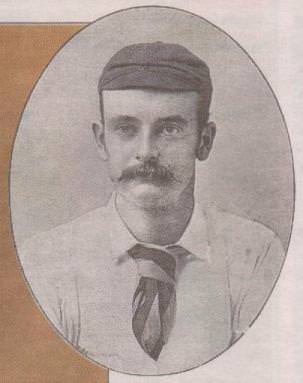
That would be hard enough to credit. But who would suspend disbelief so far to accept that such an athlete could also be a brilliant scholar, a successful businessman and an unflinchingly courageous, highly decorated war hero? Massies story is almost unbelievable.
Jack was born Robert John Allwright Massie in 1890, into the heart of the Sydney establishment. his father, Hugh was a prominent banker who had plated nine Tests for Australia as an adventurous batsman. Although Hugh Massie's successes were sporadic, he illuminated the low-scoring 1882 Oval Test with a dazzling innings of 55 that gave his bowlers, notably Fred "The Demon", Spofforth, just enough runs to defend for the seven-run victory which later provoked the mock obituary for English cricket which appeared in The Sporting Times. And thus the legend of the Ashes was born.
At Shore School, Massie played every sport available and excelled at all. In his four years in Shore's First XI, Massie claimed 223 wickets at an average of just over 10 runs a wicket.He was the school's rifle-shooting champion, a powerful forward in the unbeaten First XV of 1908, and would have won a place in the NSW rowing team had his father not decreed this inappropriate for a schoolboy. Had he never set foot on a cricket pitch, Massie would still have been an exceptional sportsman. He was tall -190cm- and powerful, lean and very athletic.
In 1911, 1912 and 1913, he packed down in the second-row for Sydney University's First XV, while on his way to first-class honours in civil engineering. His strength and mobility earned him a call-up to the NSW team for two matches against Queensland in 1912 and twice again in 1913. He performed so well in these games that in August 1913 he was named in the Australian team to tour New Zealand.
Unable to spare the time away from his studies Massie withdrew. In 1914 he also withdrew from the Australian Cricket team's subsequently aborted tour of south Africa, thus holding unique distinction of being invited to tour with the Australian Rugby team and the Australian Cricket team - but declined both invitations.
Massie won four Blues from the five sports in which he represented the university. He also won the NSW Amateur Boxing Heavy Weight Championship in 1913 and the NSW 120 yard hurdles in 1914. However, it was cricket that Massie's blend of strength, athleticism, stamina and skill found its fullest expression.
He was a left-arm, fast bowler, who generated uncomfortable pace and bounce but also possessed a bewildering range of variations. Massie was only 20 with just eight first-grade matches (and 19 wickets) behind him, when he was selected for NSW. Without posing a very great threat, he bowled neatly to take three wickets against the touring South Africans and help his side to victory.
But the selectors decided he was not quite ready for the first-class game and returned him to club cricket. He was overlooked for the 1911-12 season but the following season he had irresistible claims for a place in the Sheffield Shield side. He ended his full season of first-class cricket with 59 wickets from 10 matches.
(James Rodgers and Ray Kershler; The Daily Telegraph. 1st December 2006)
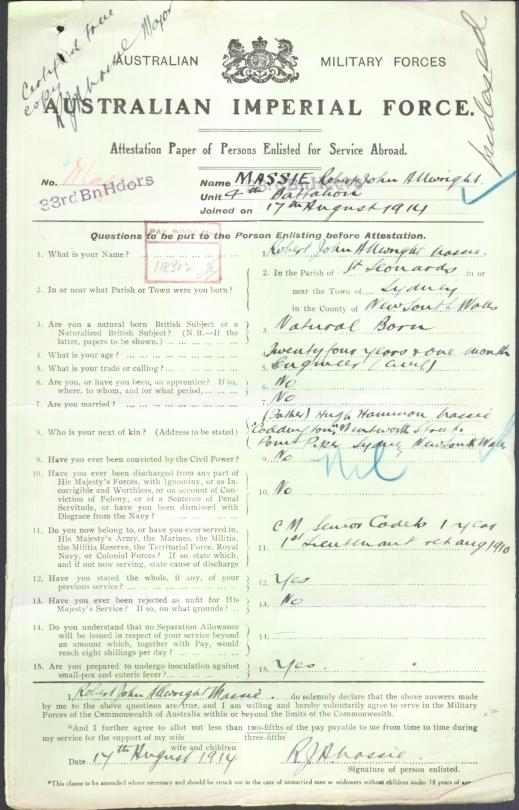
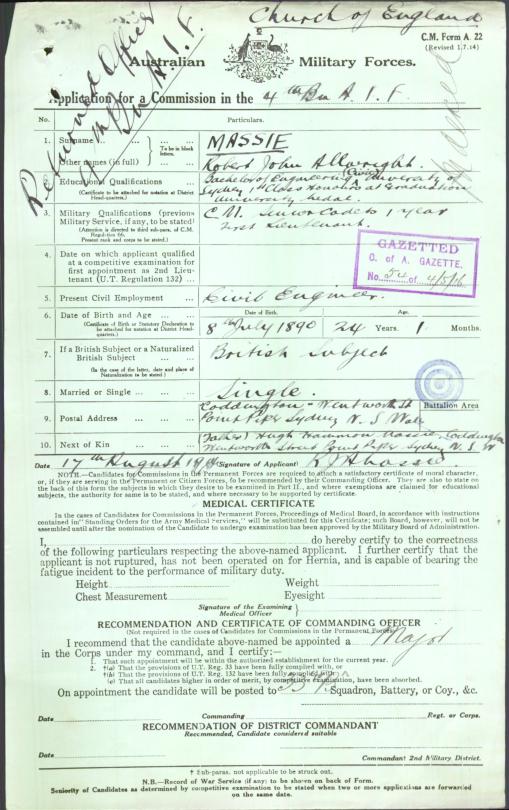
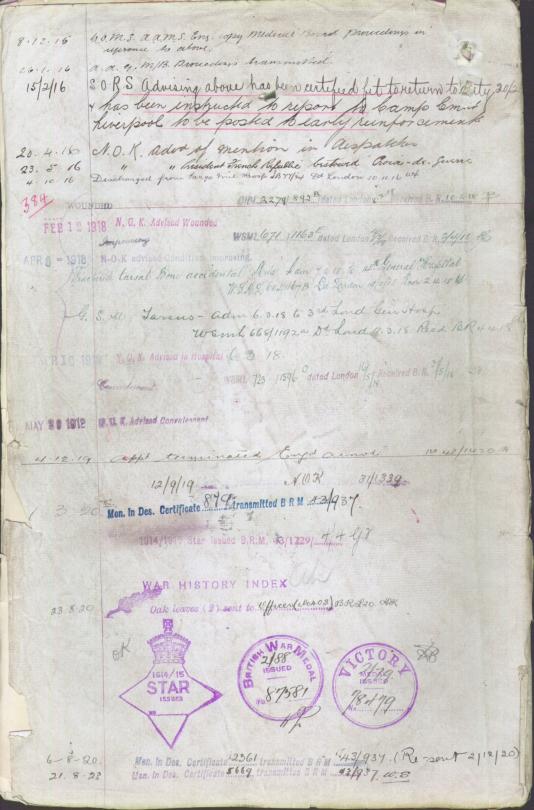

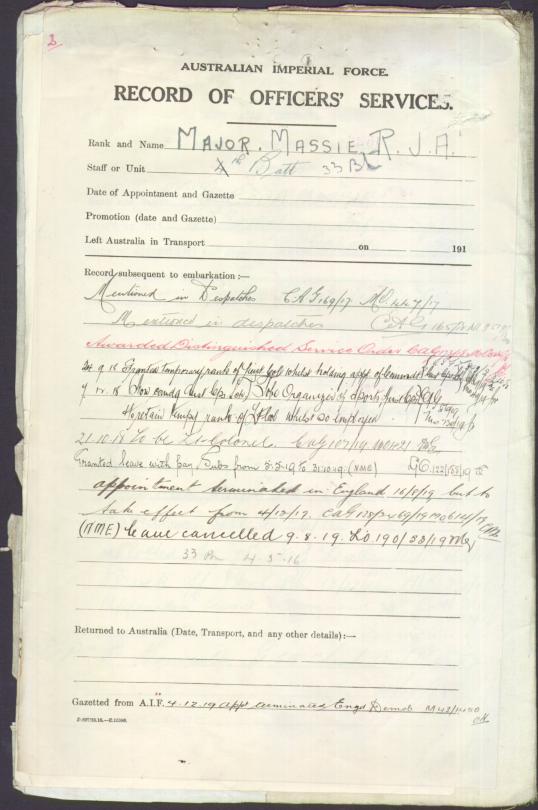

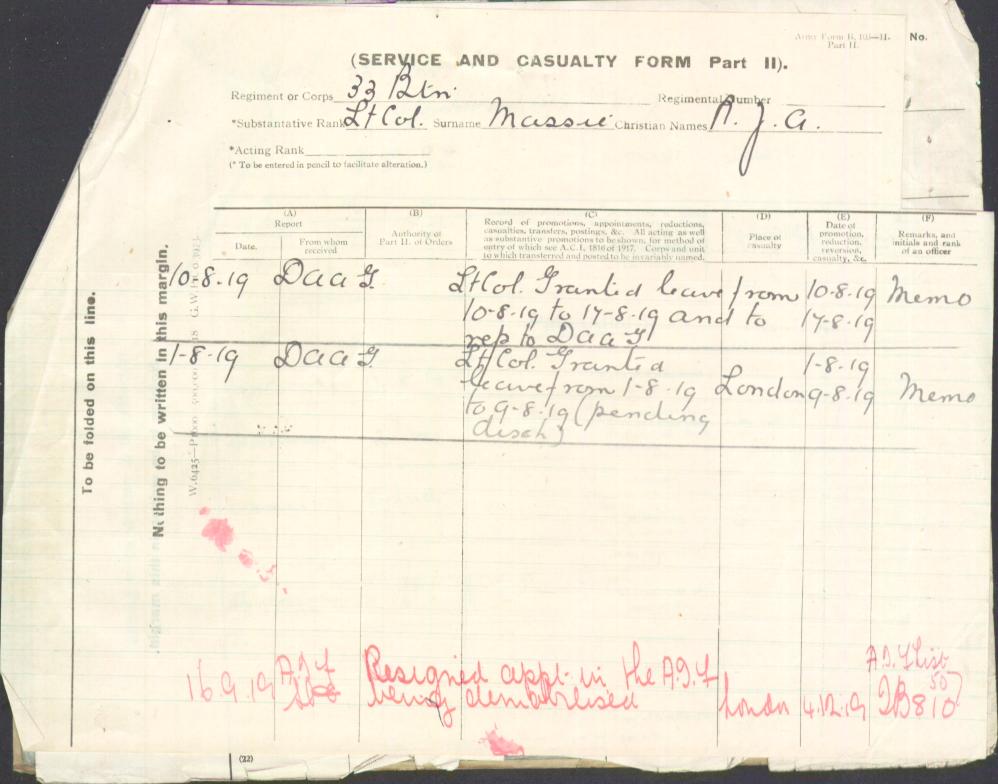
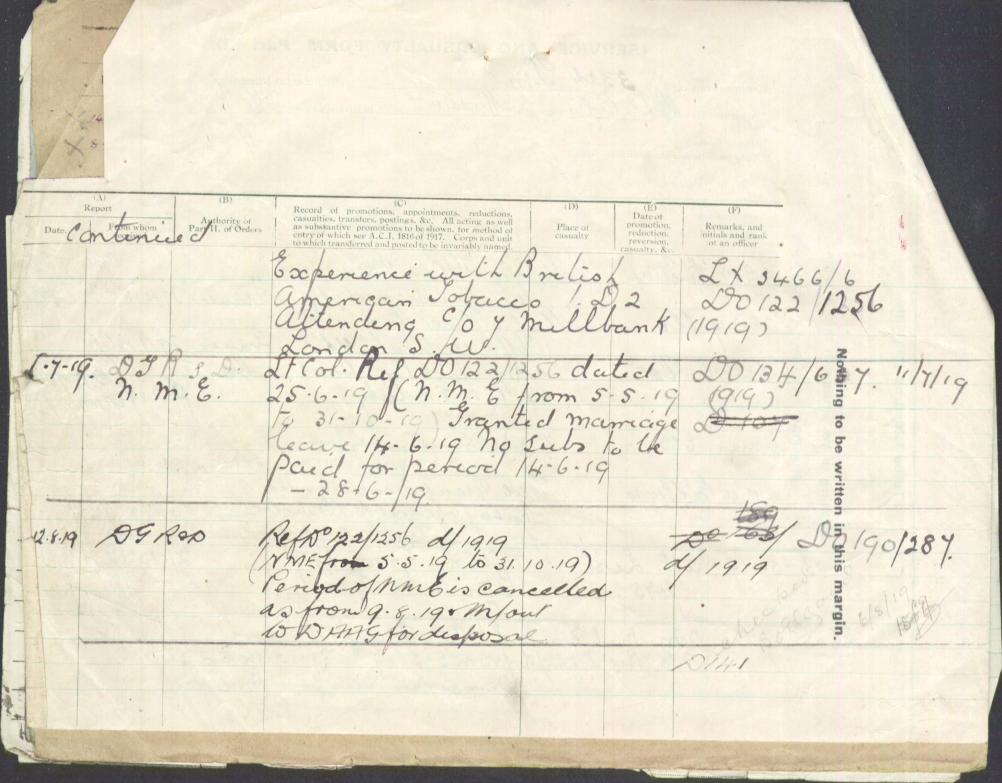
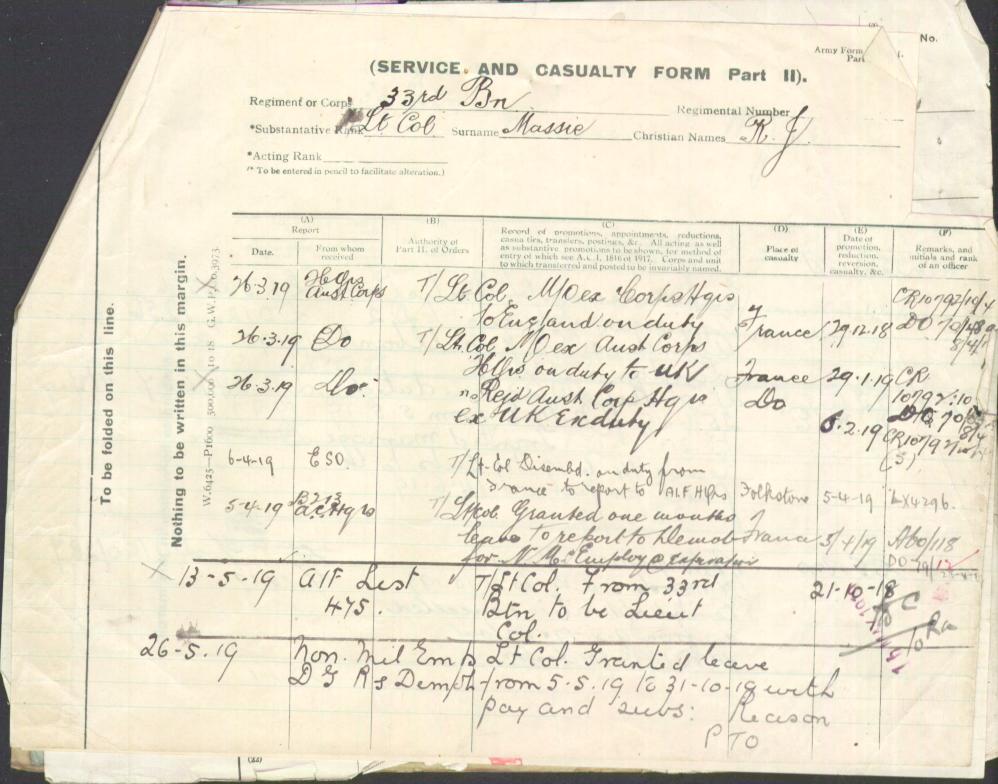

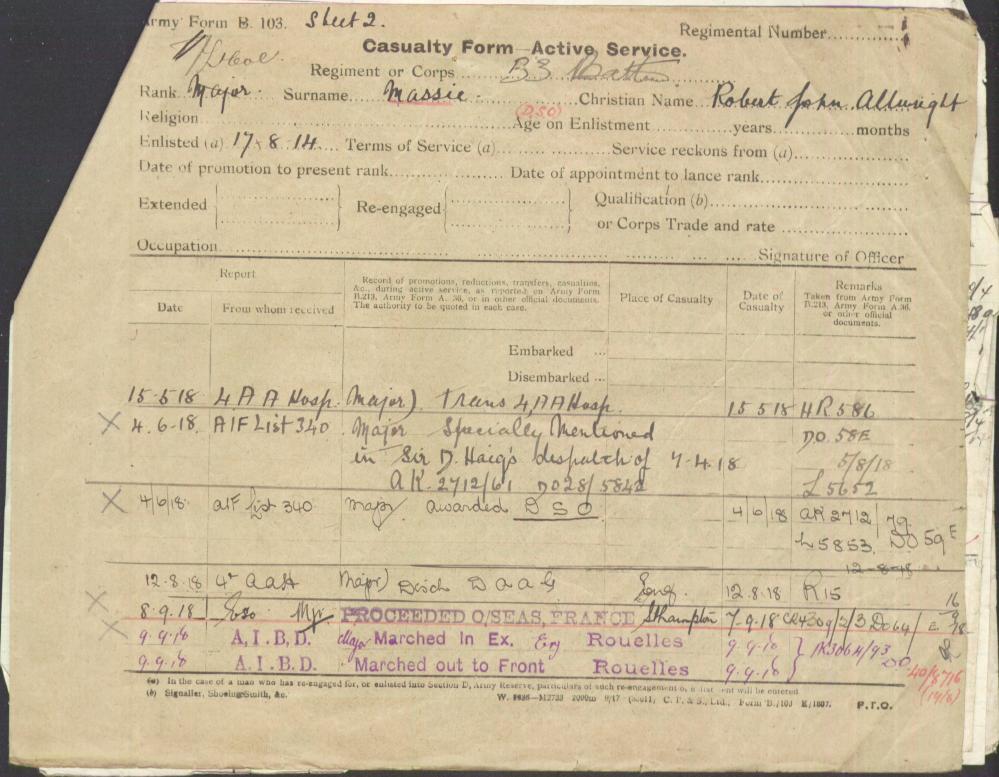
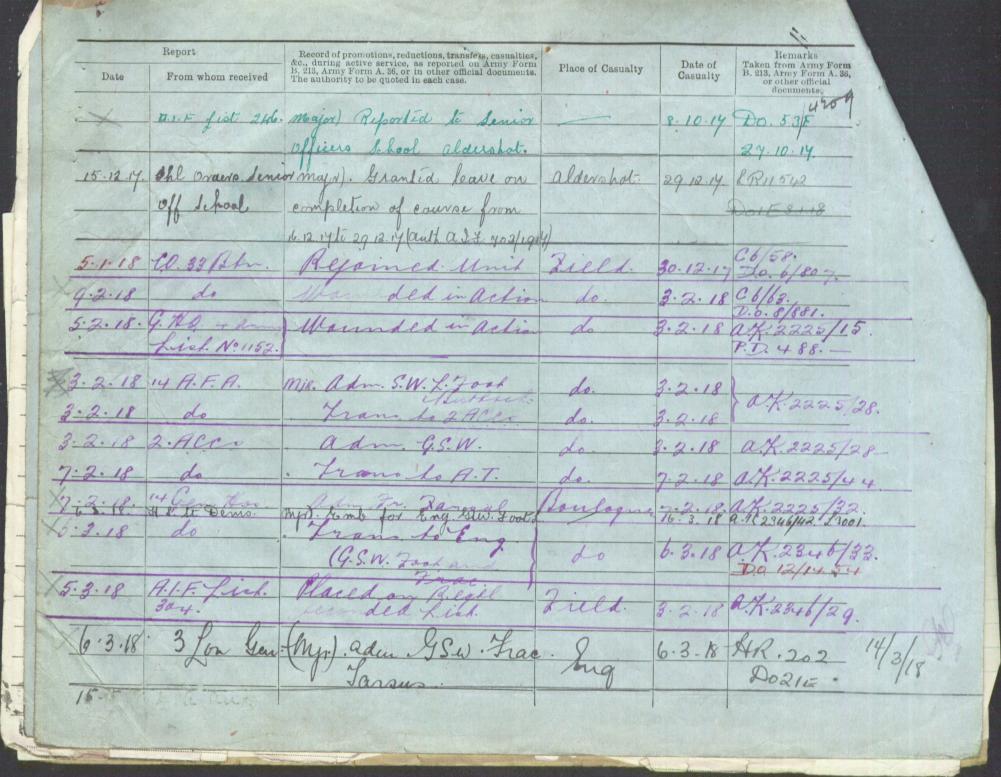

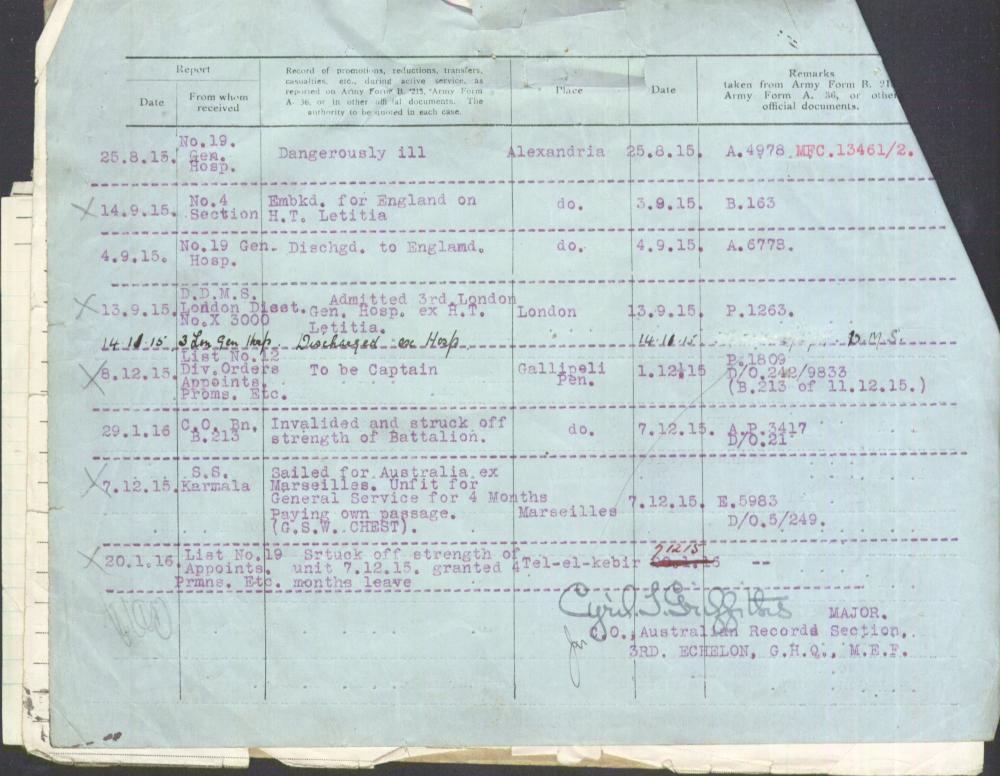
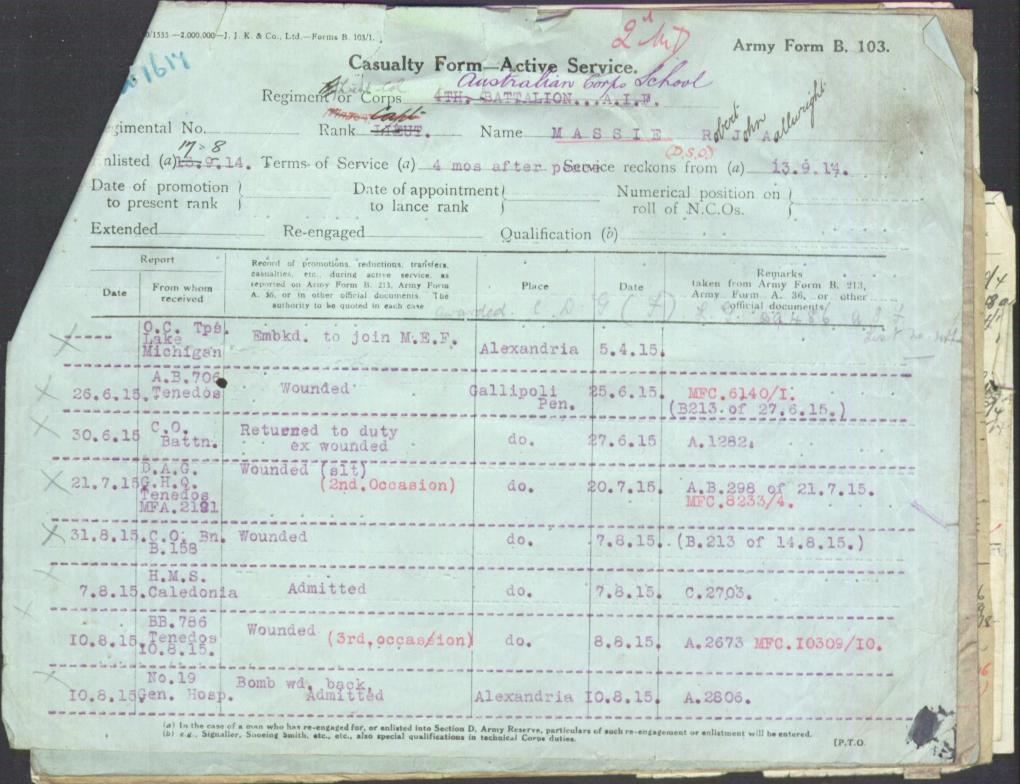


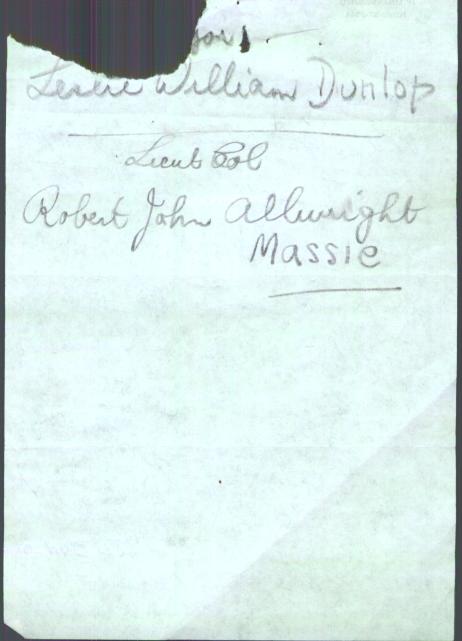
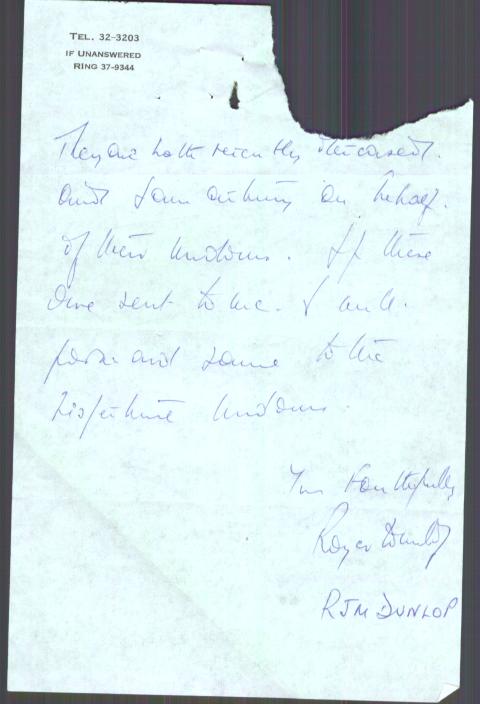

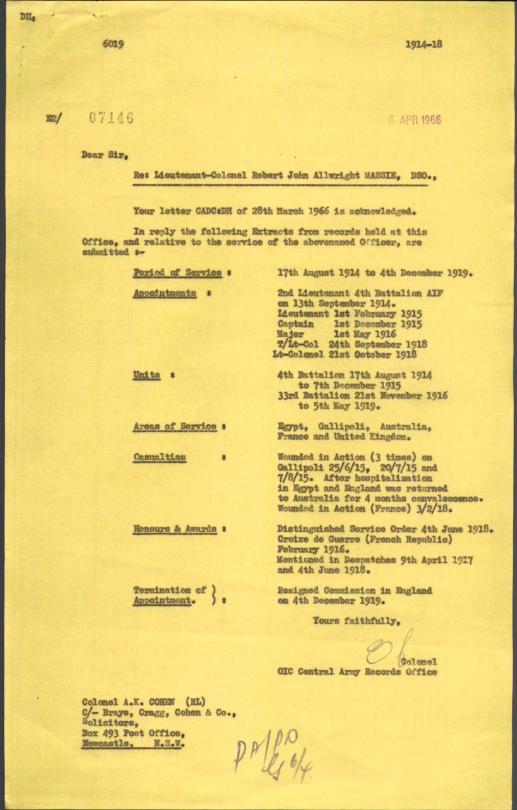
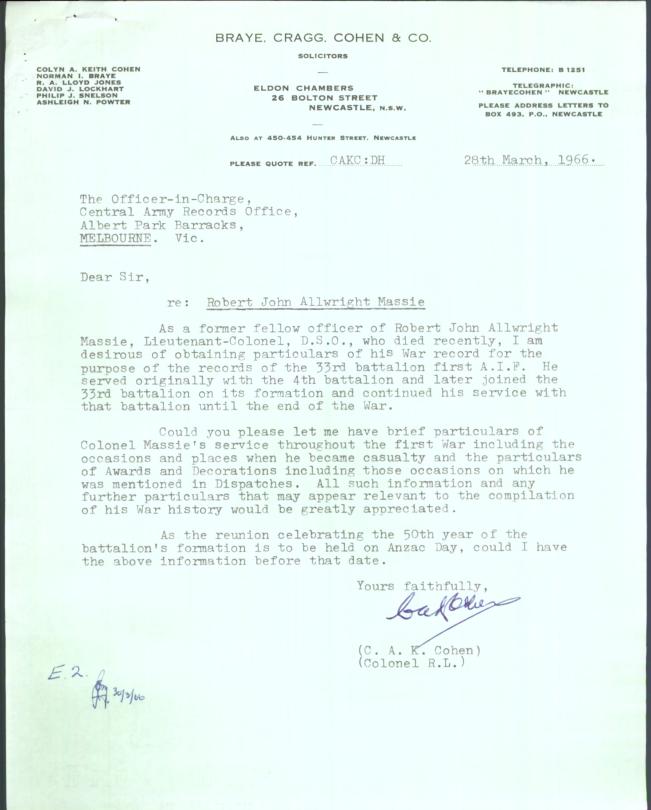
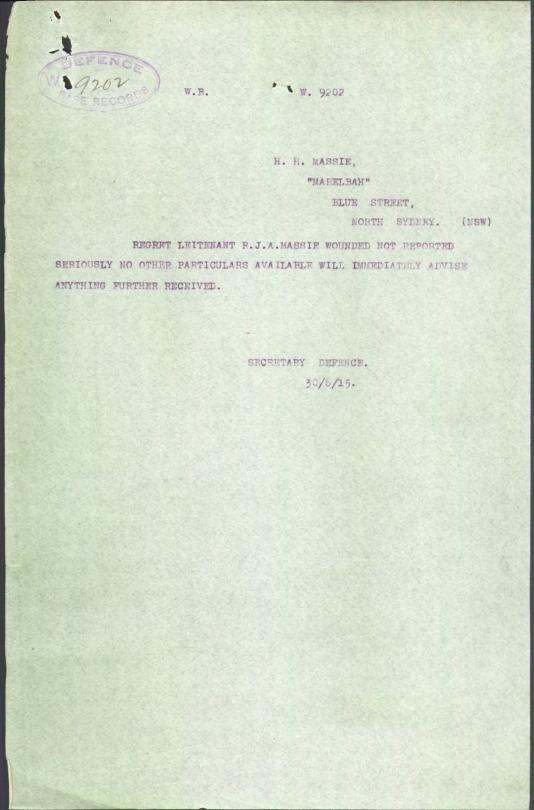
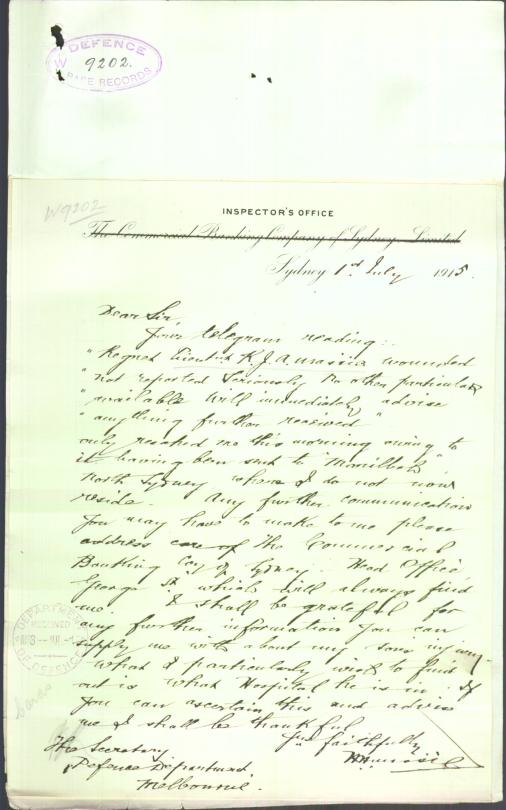
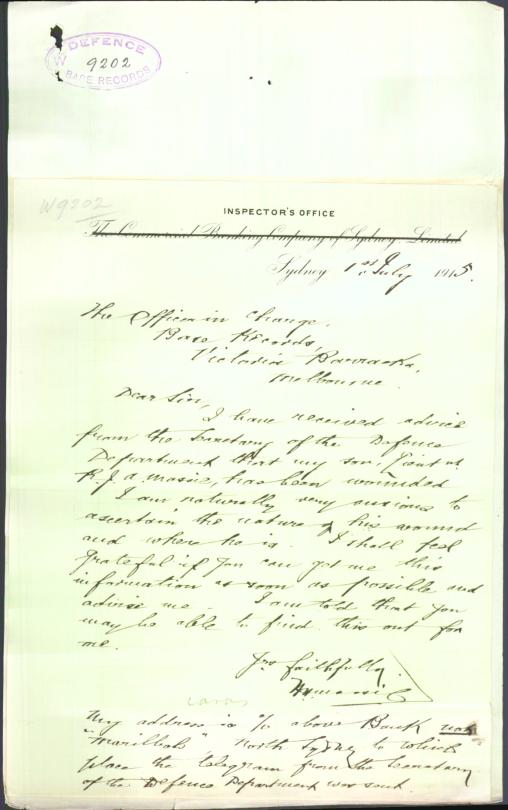

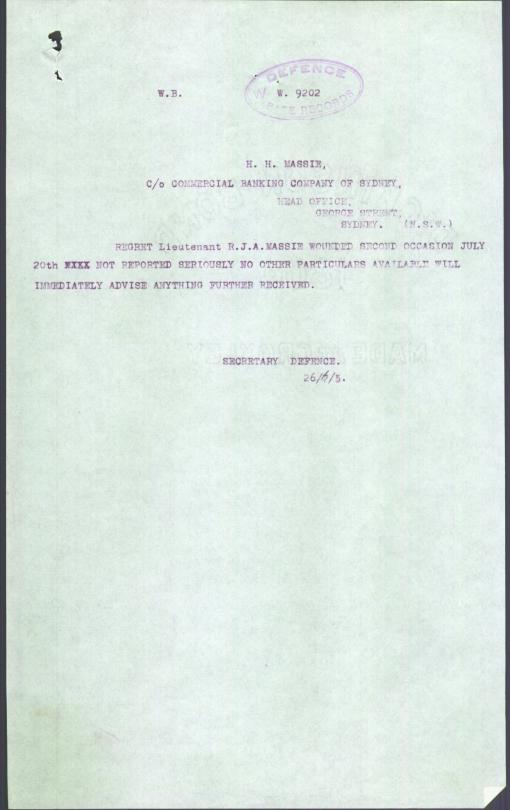
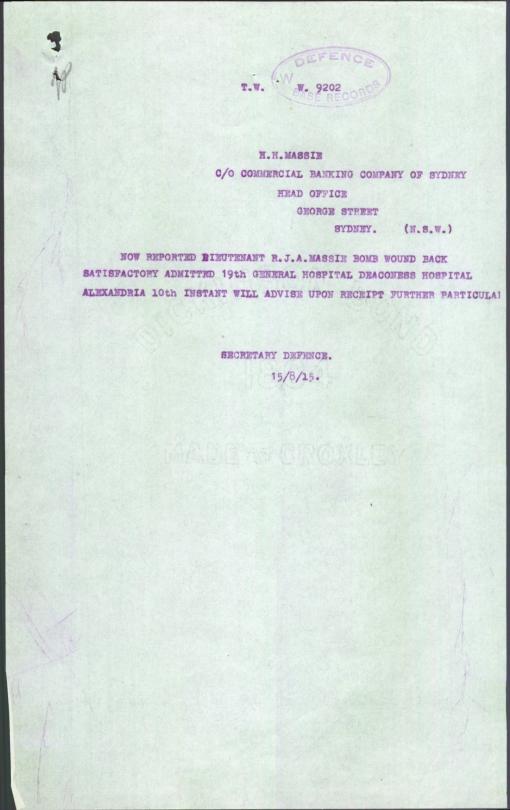
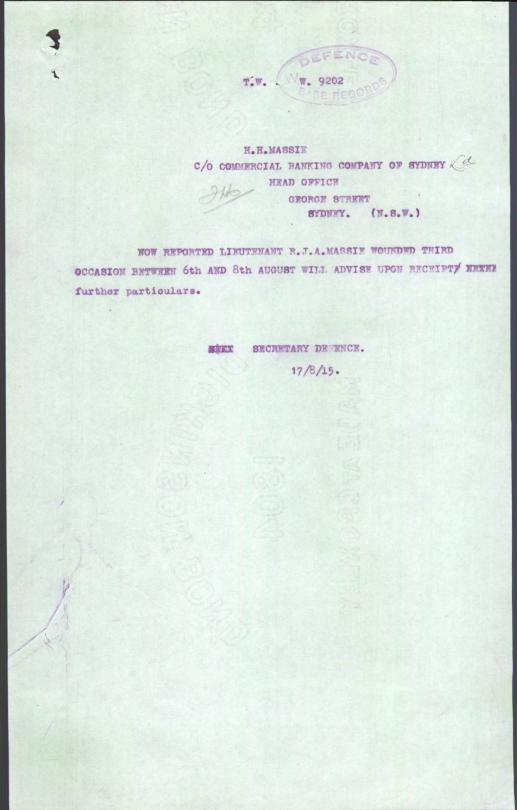
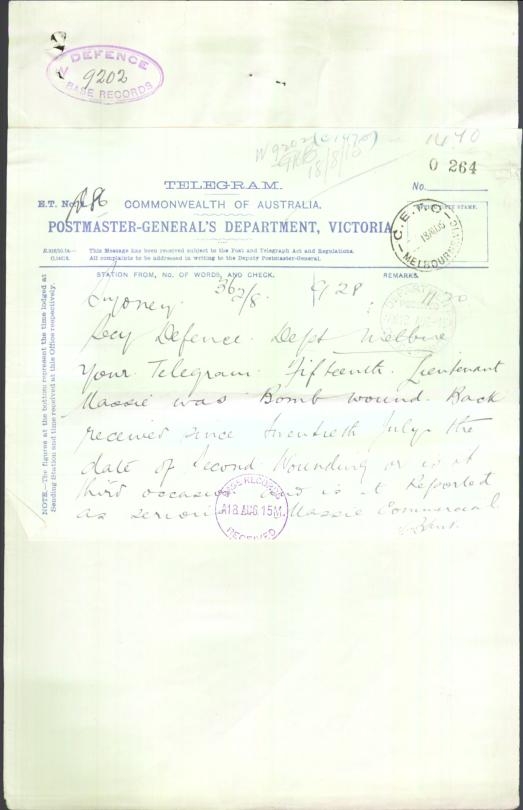
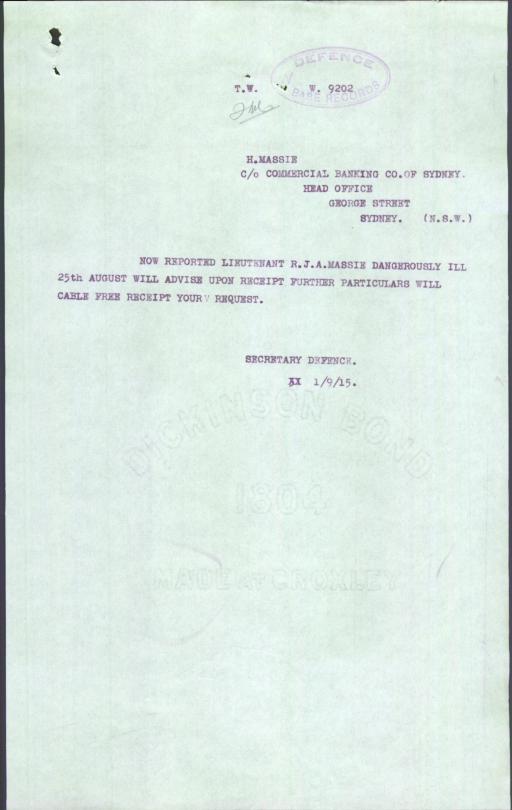
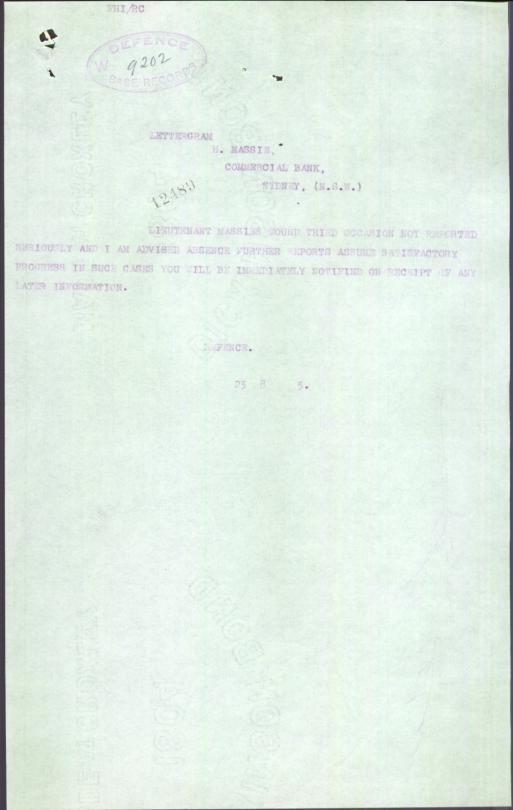
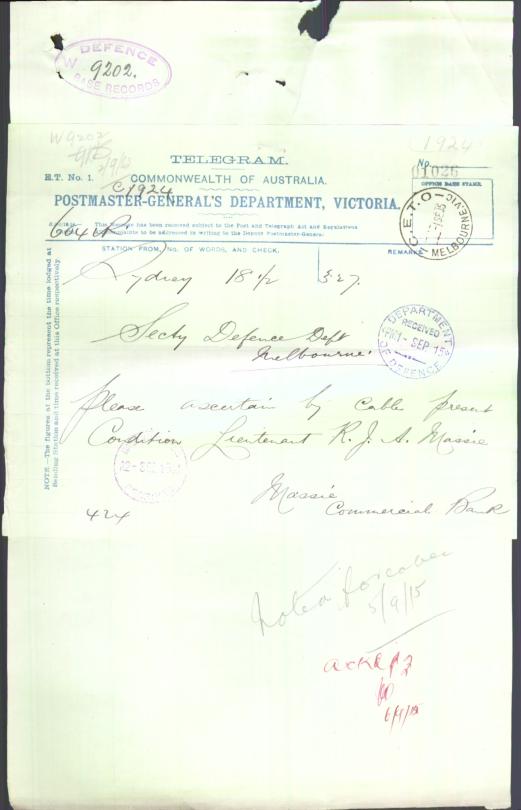
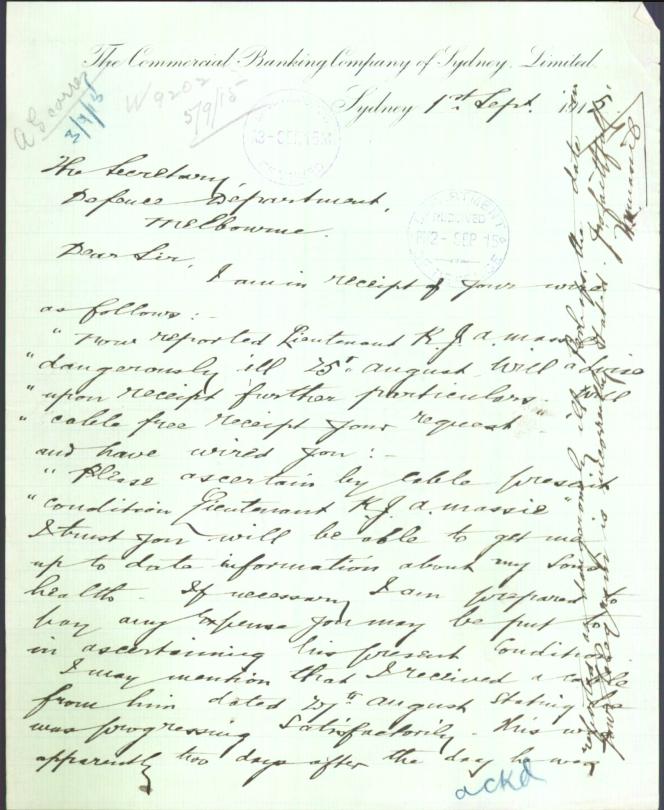
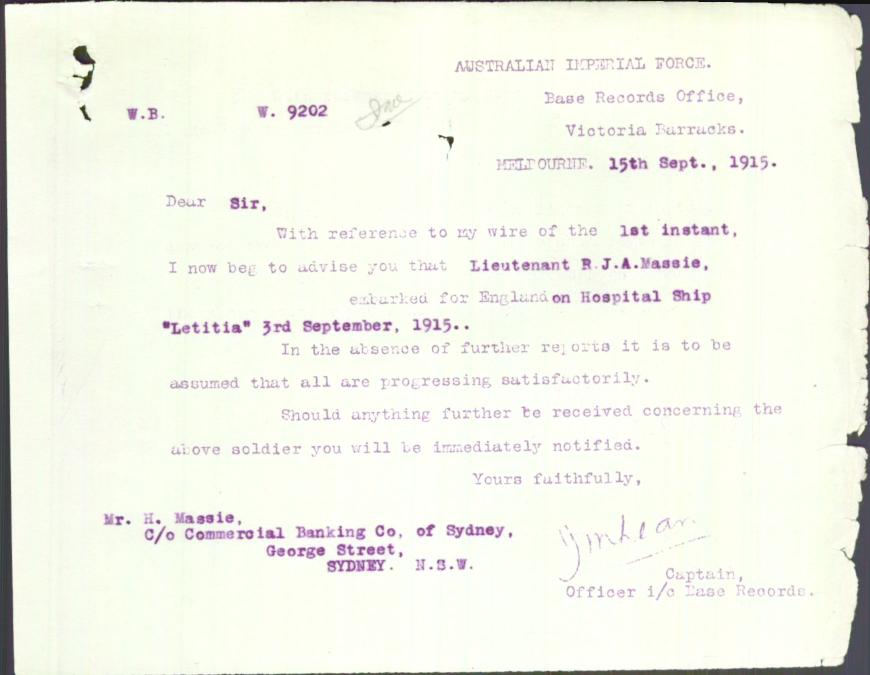
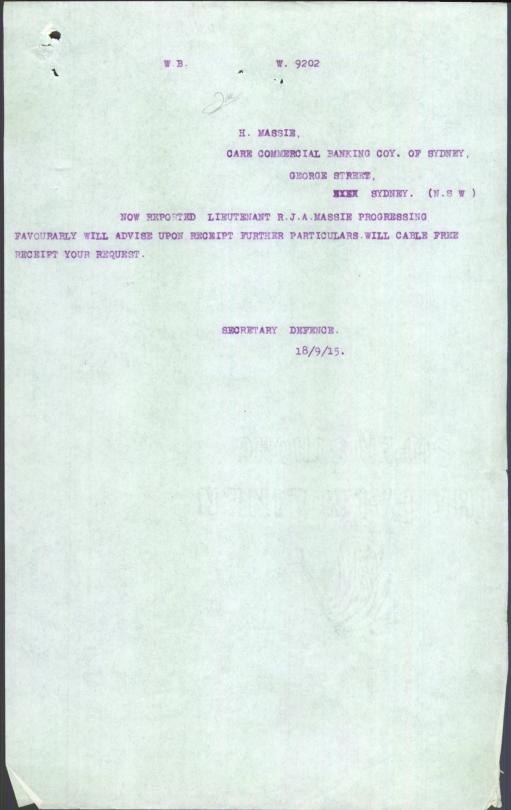
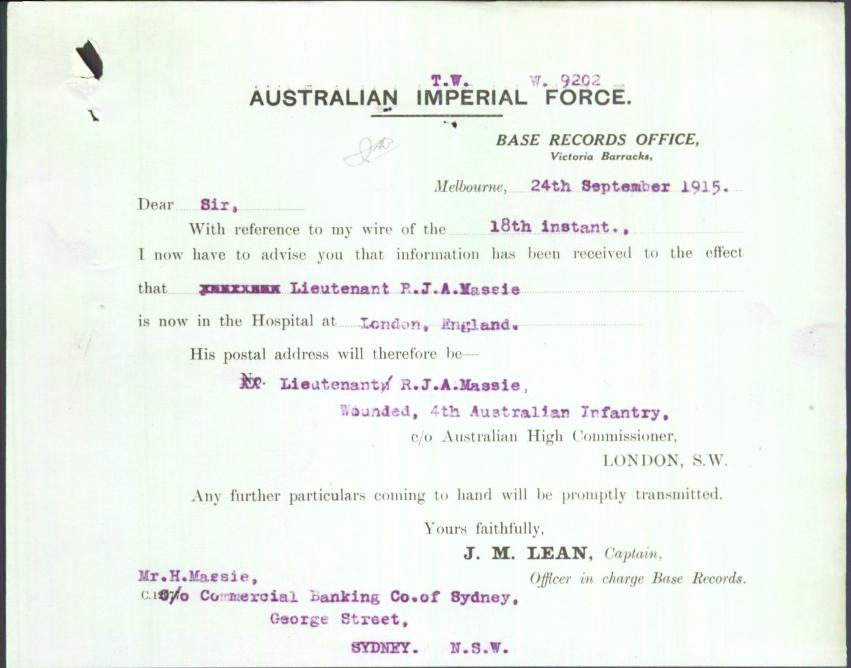



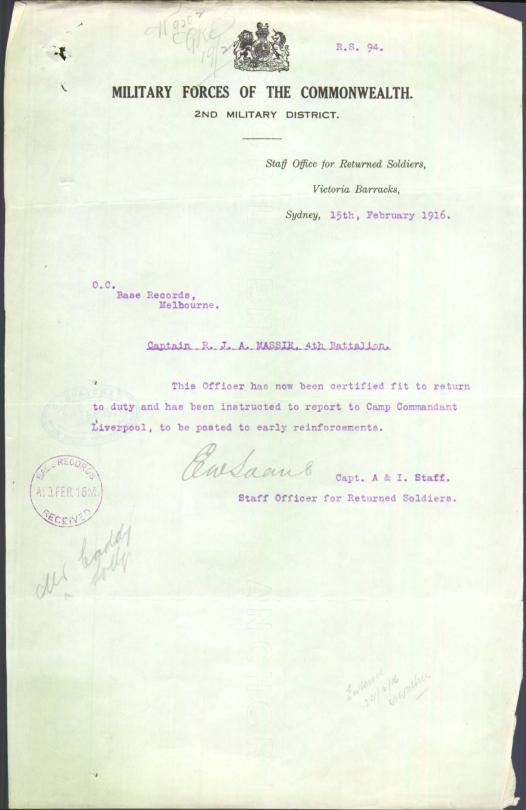
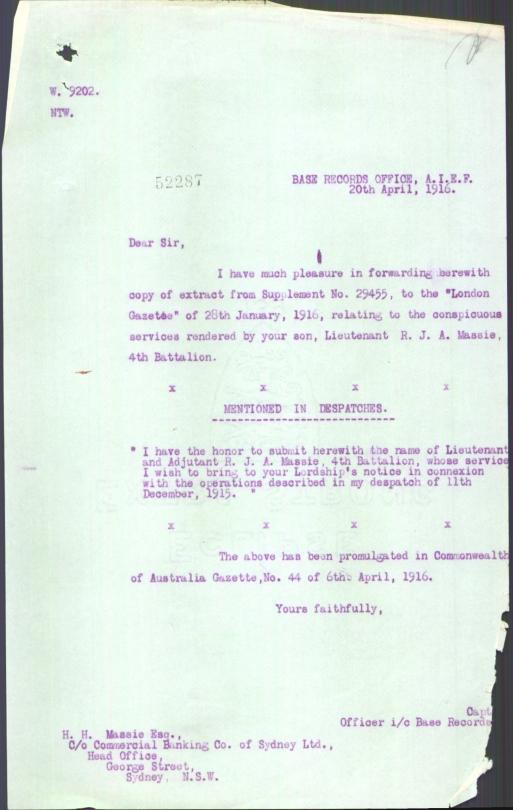
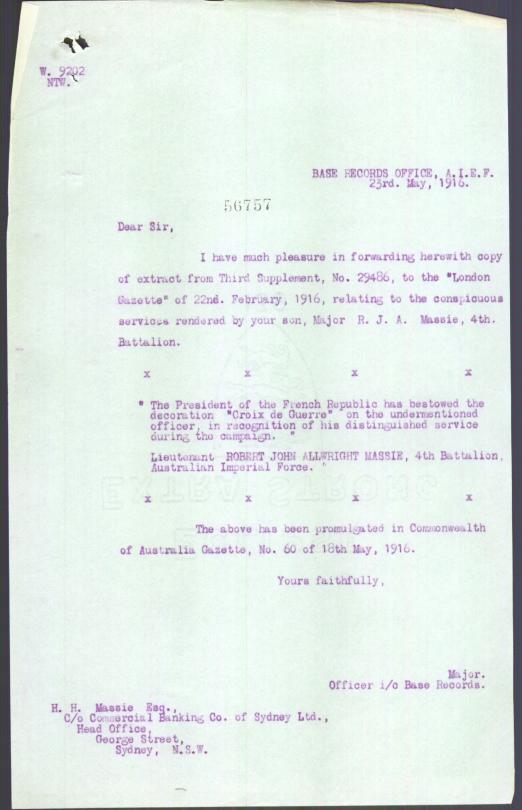


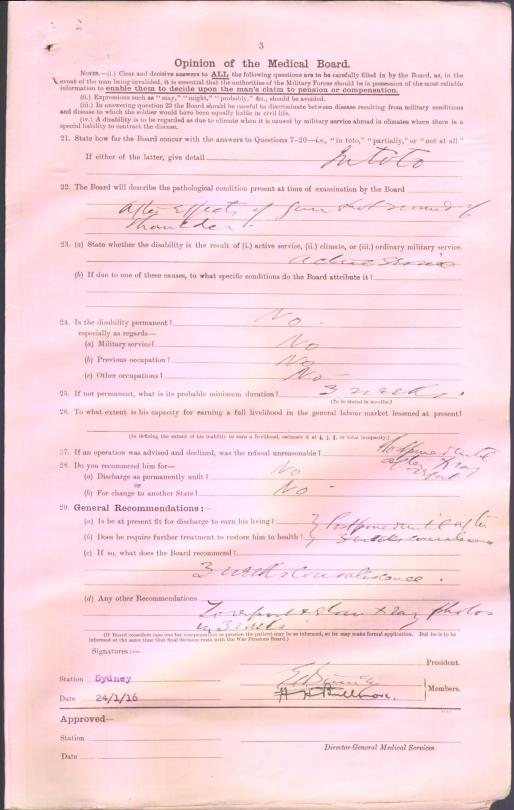

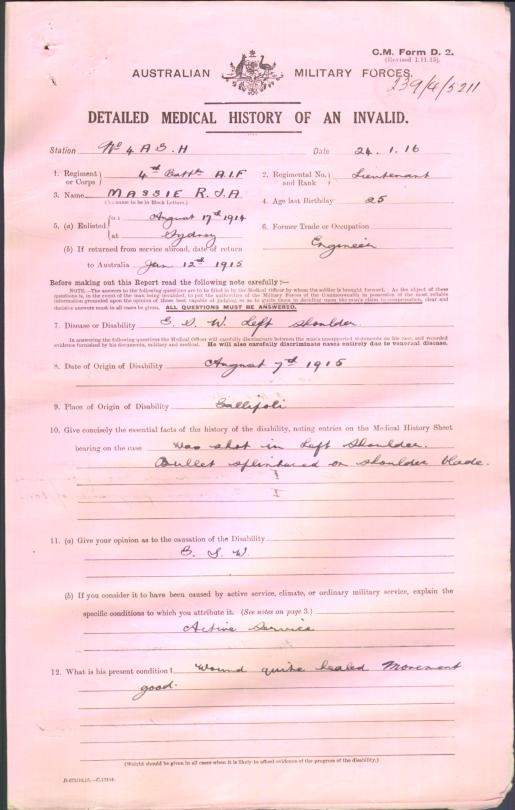
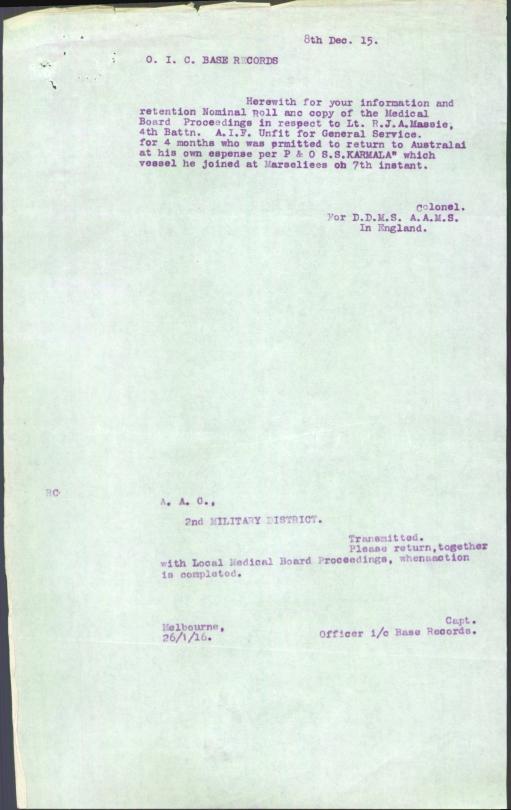
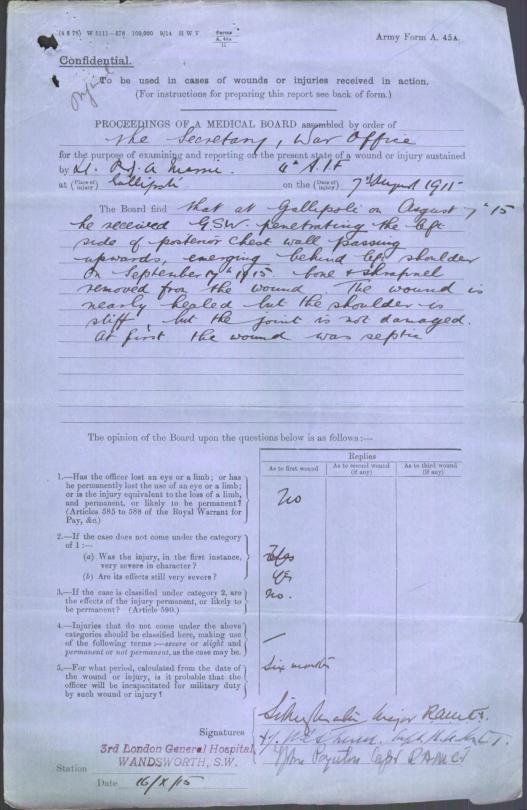



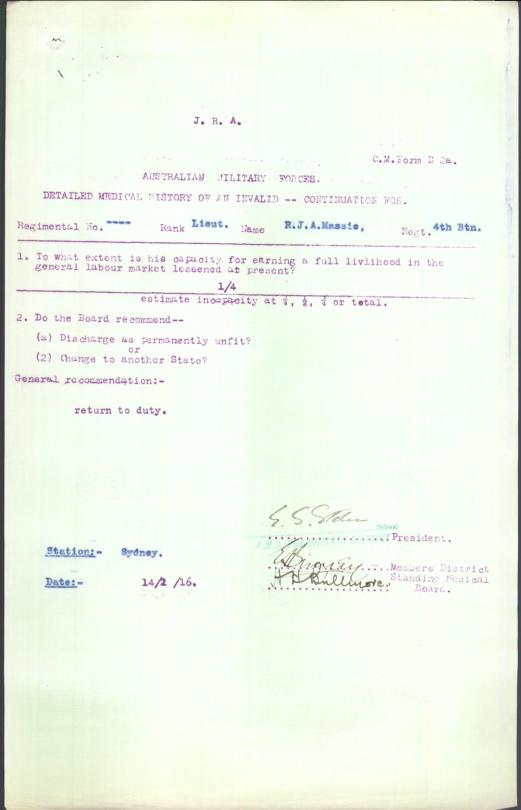
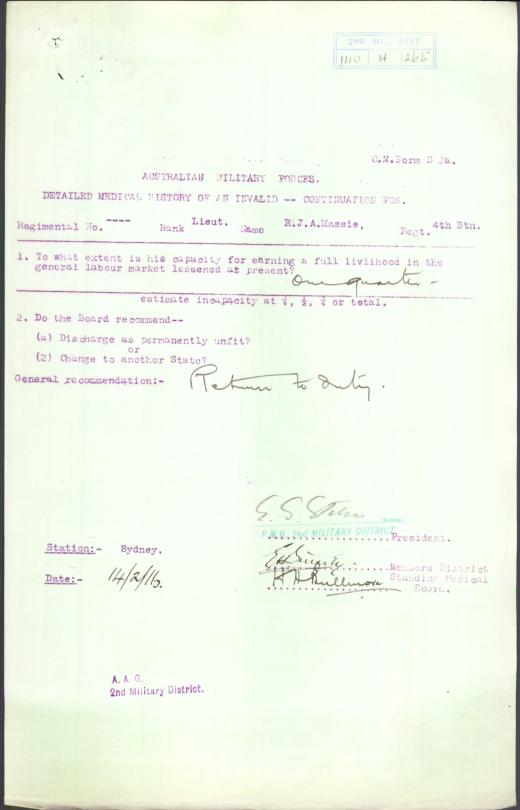
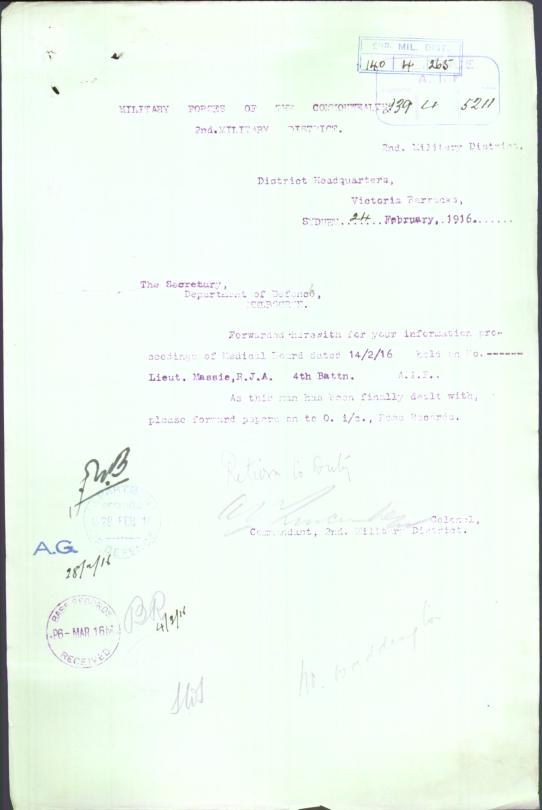
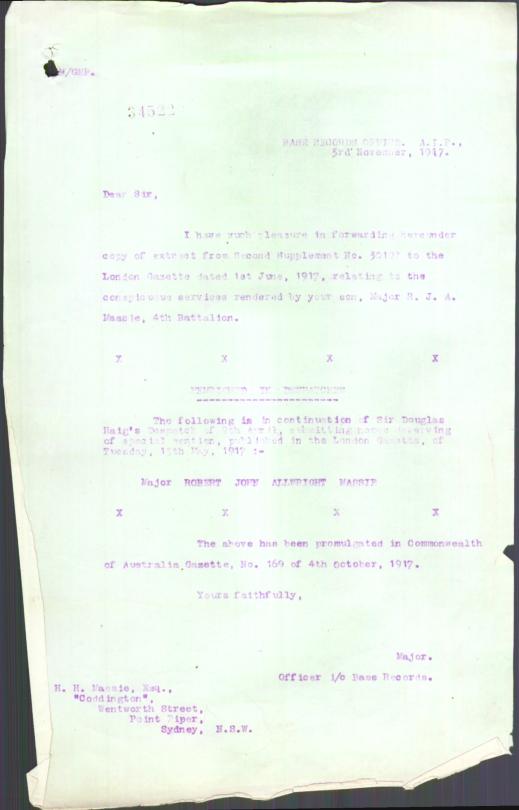
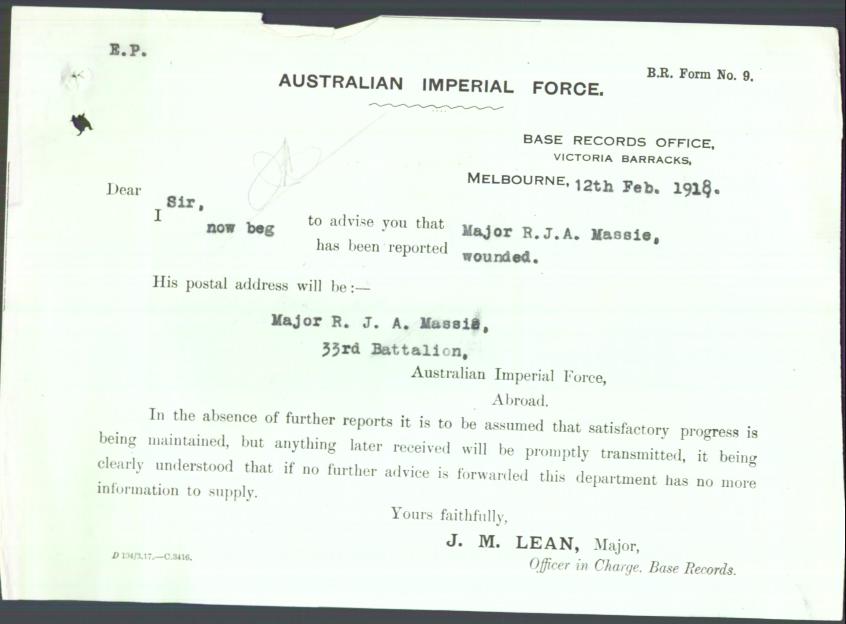


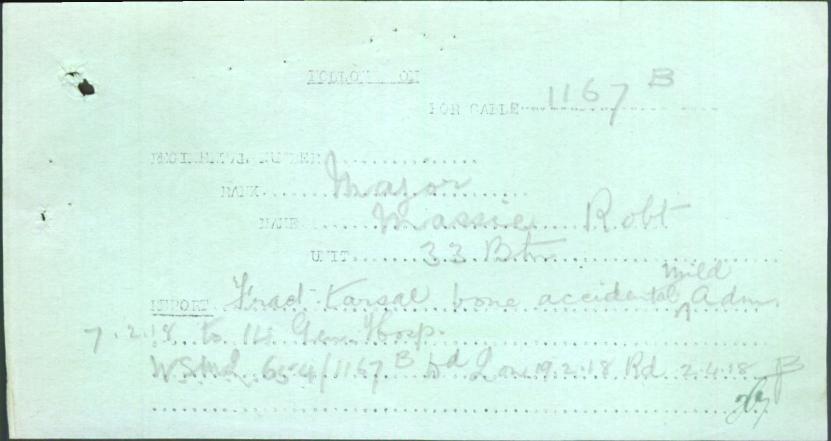
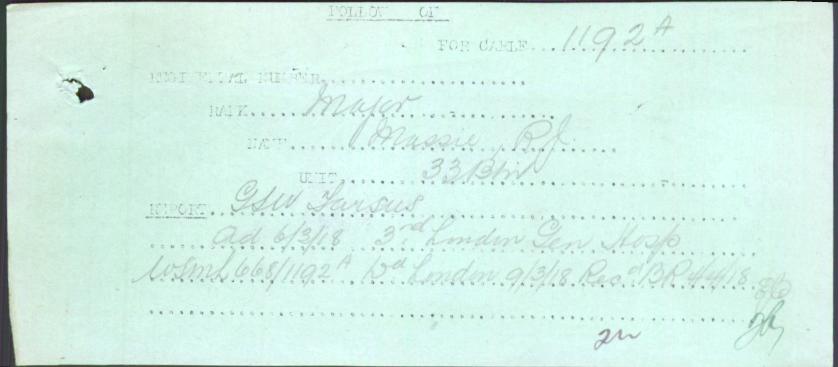


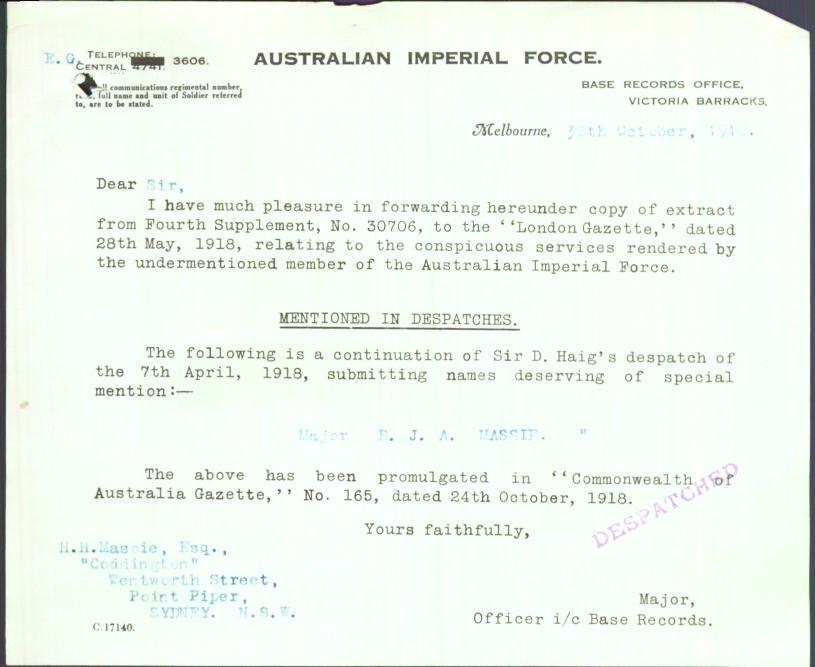
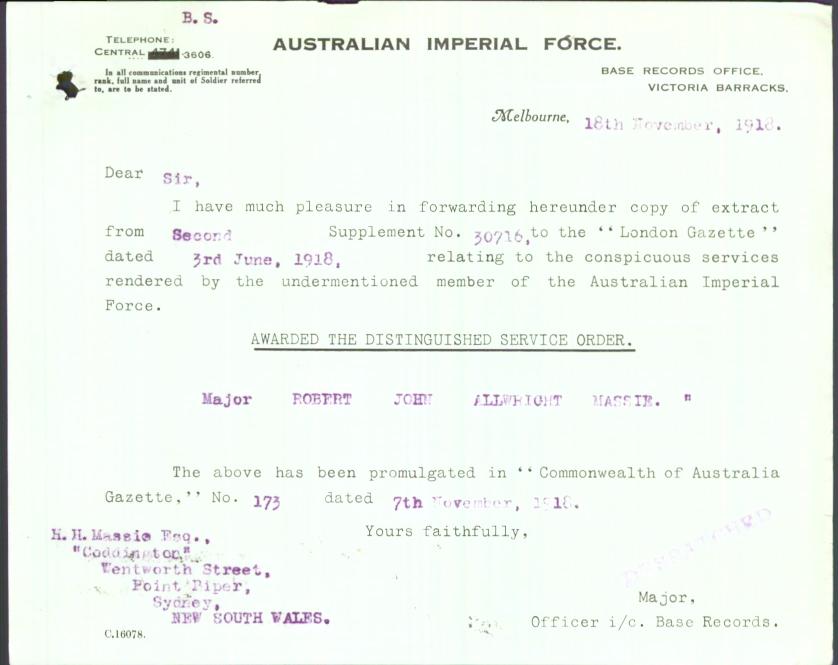
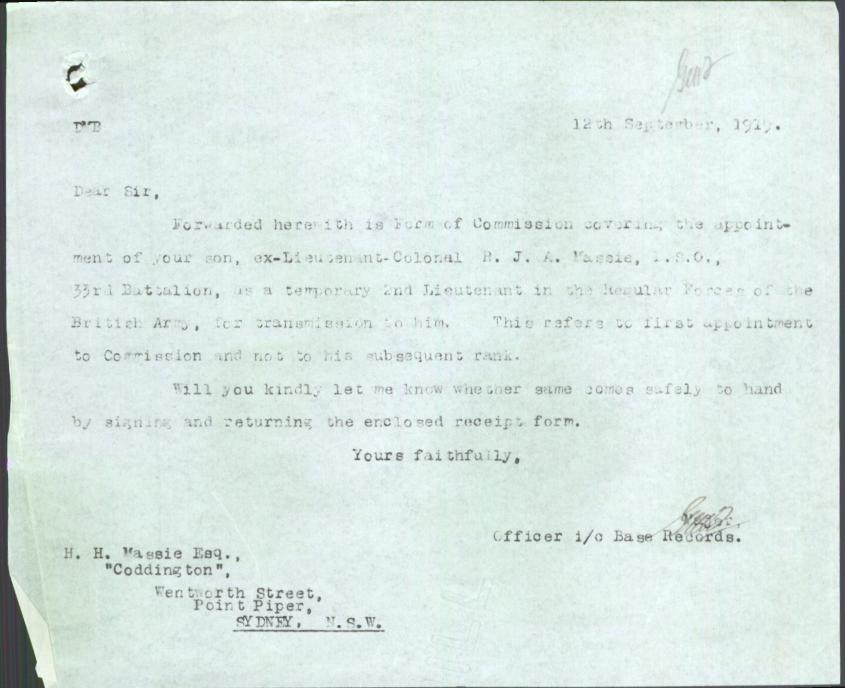


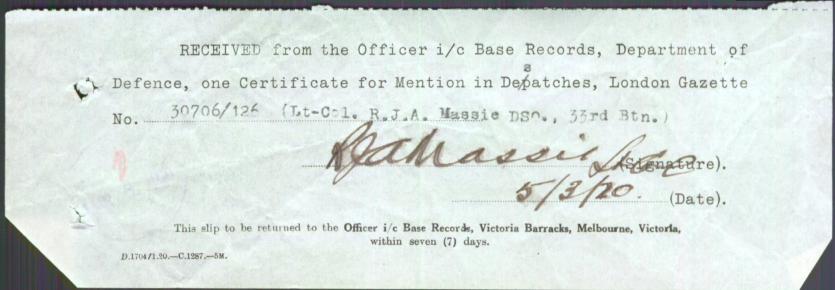

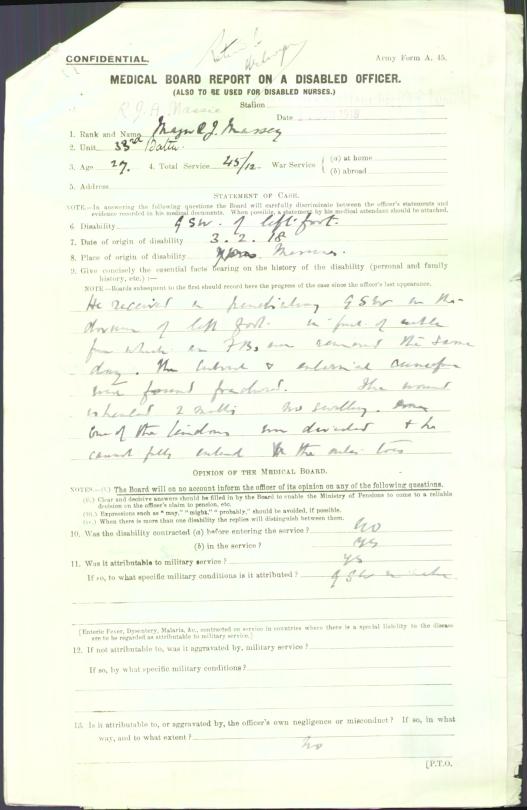
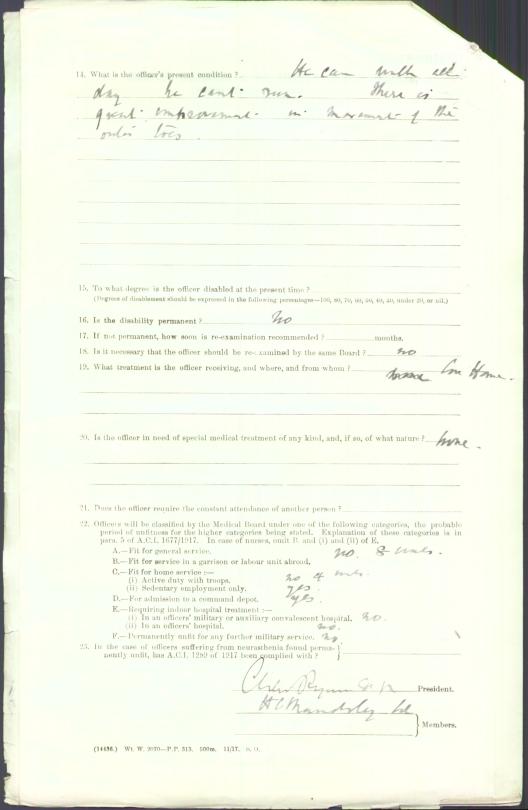
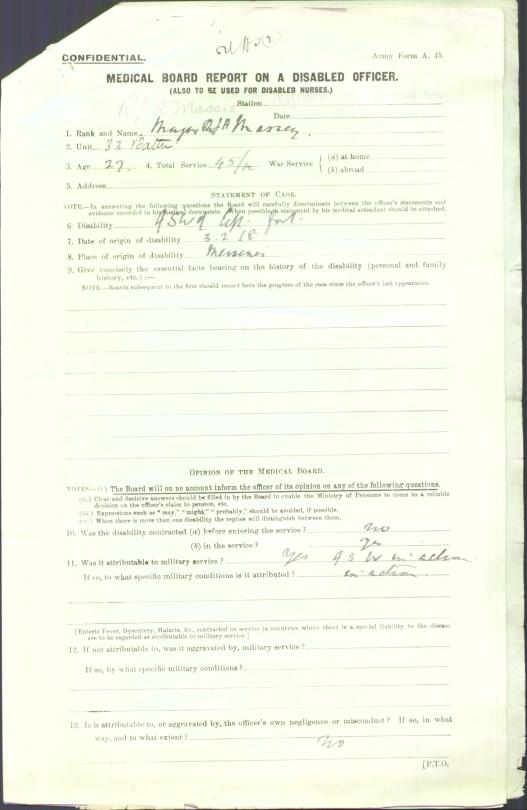
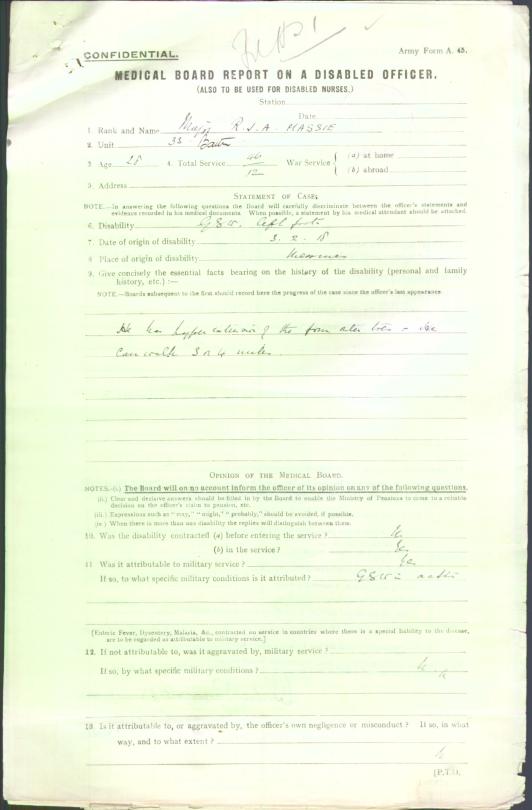
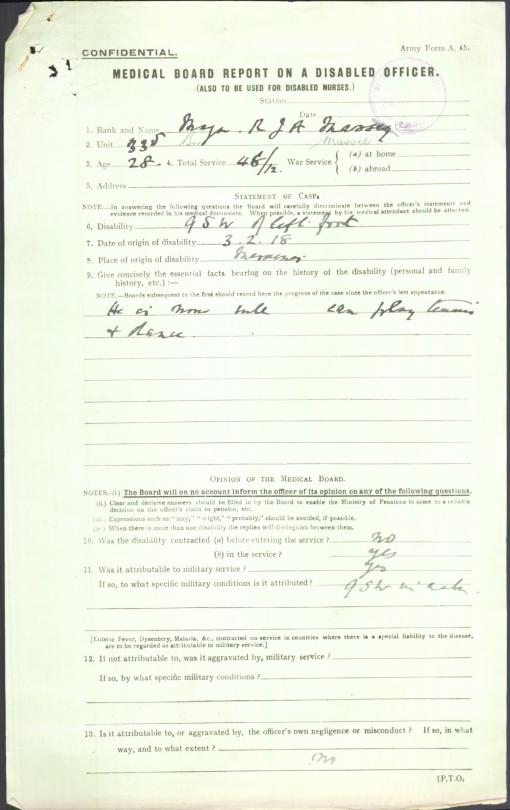
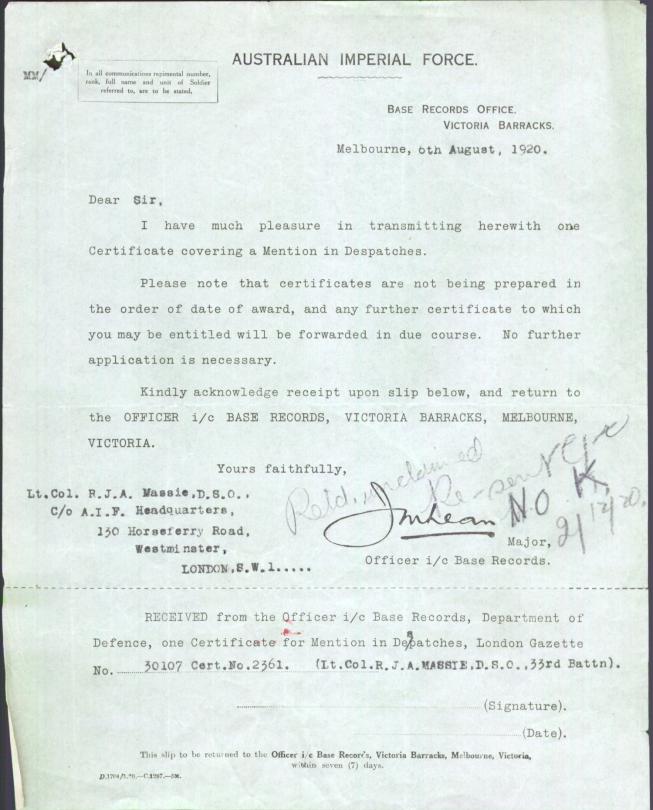
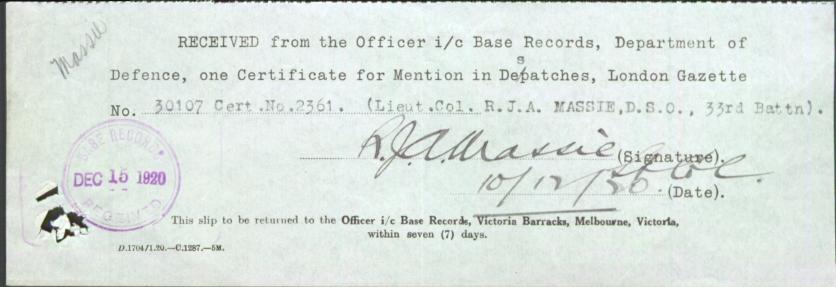
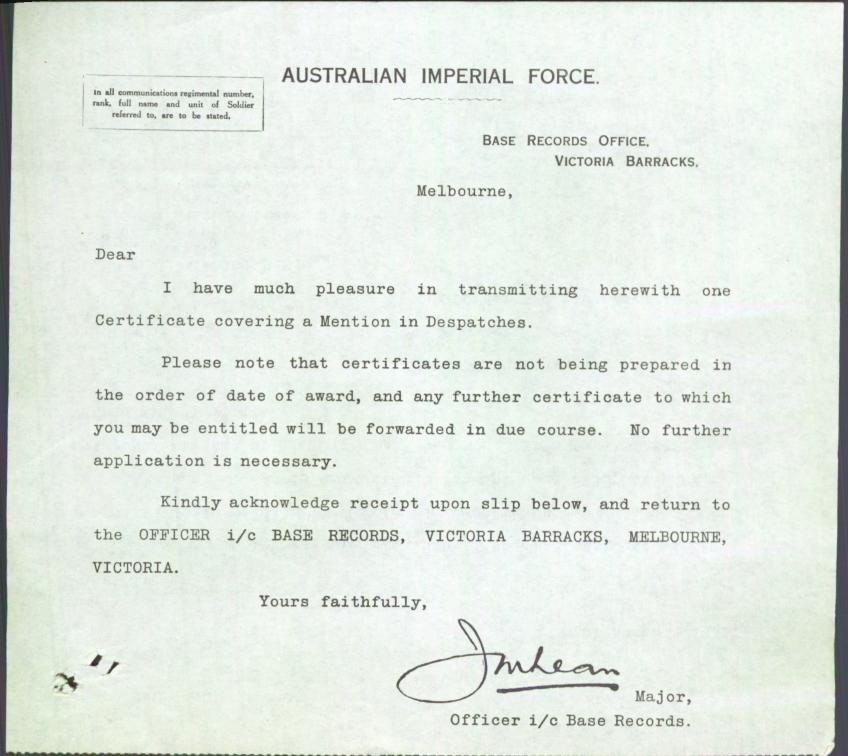
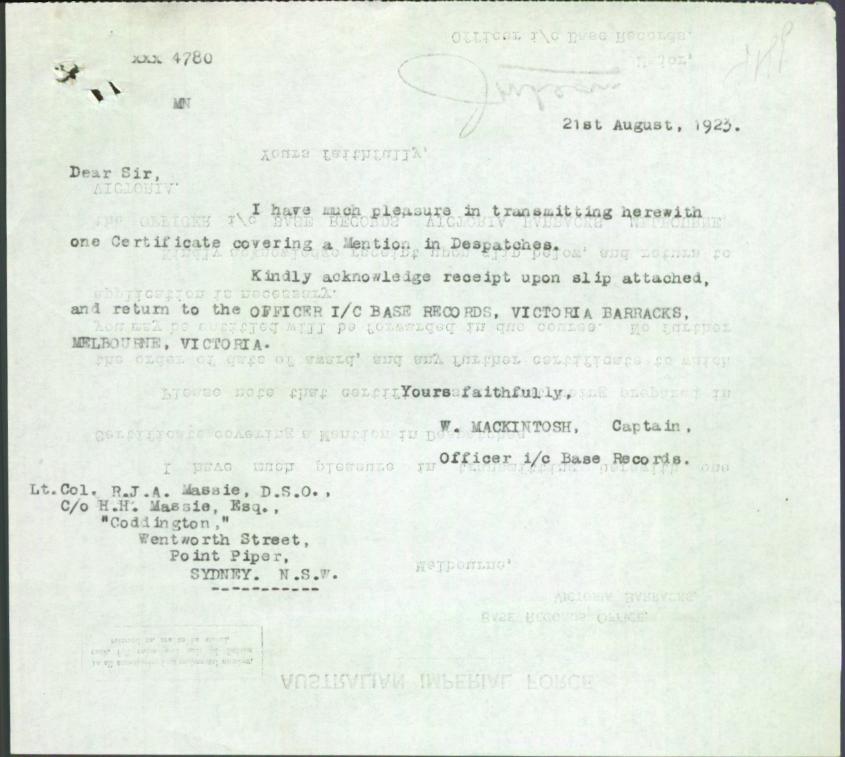


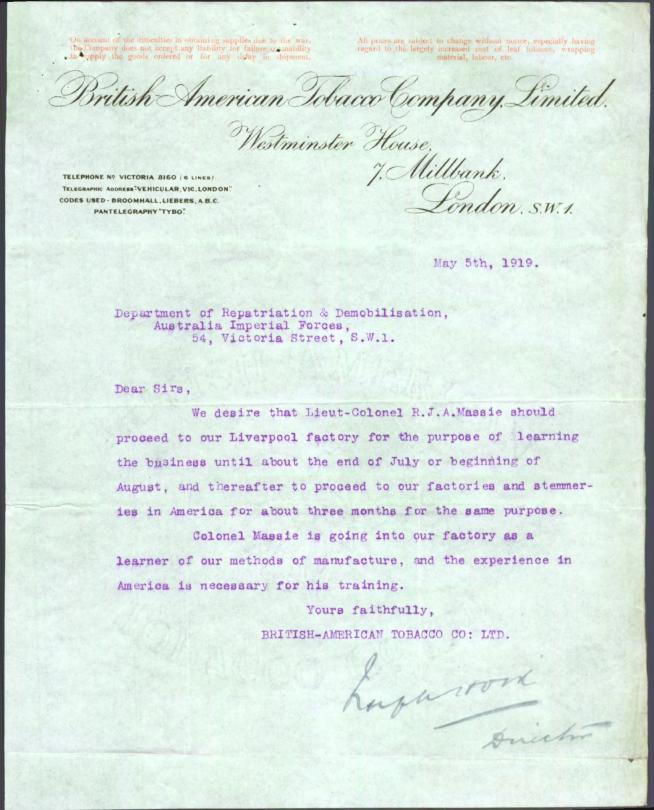
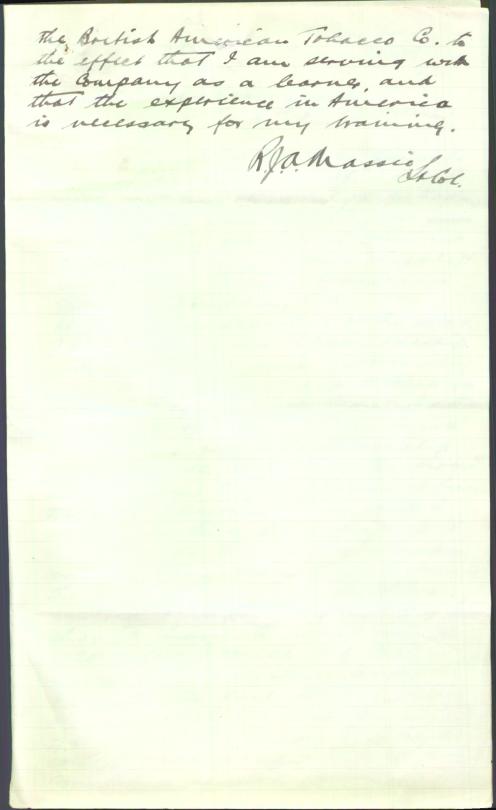
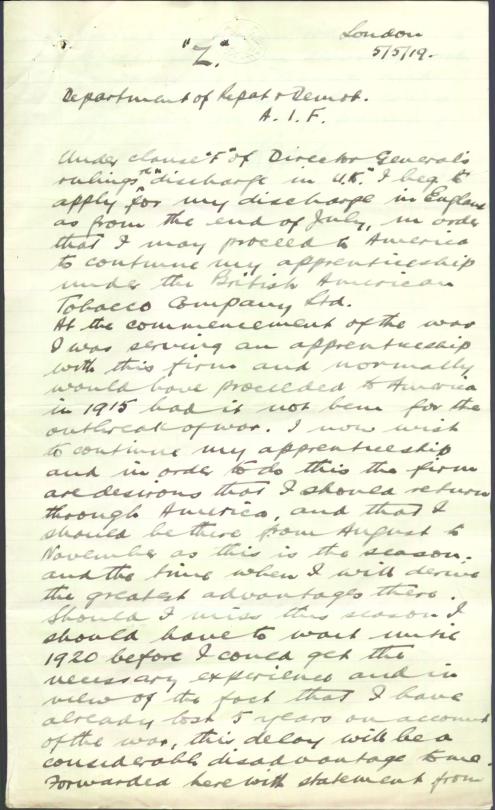
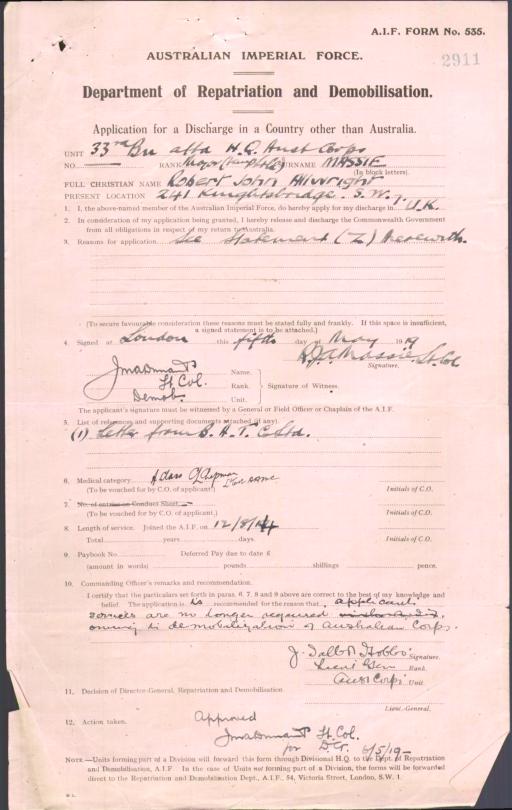
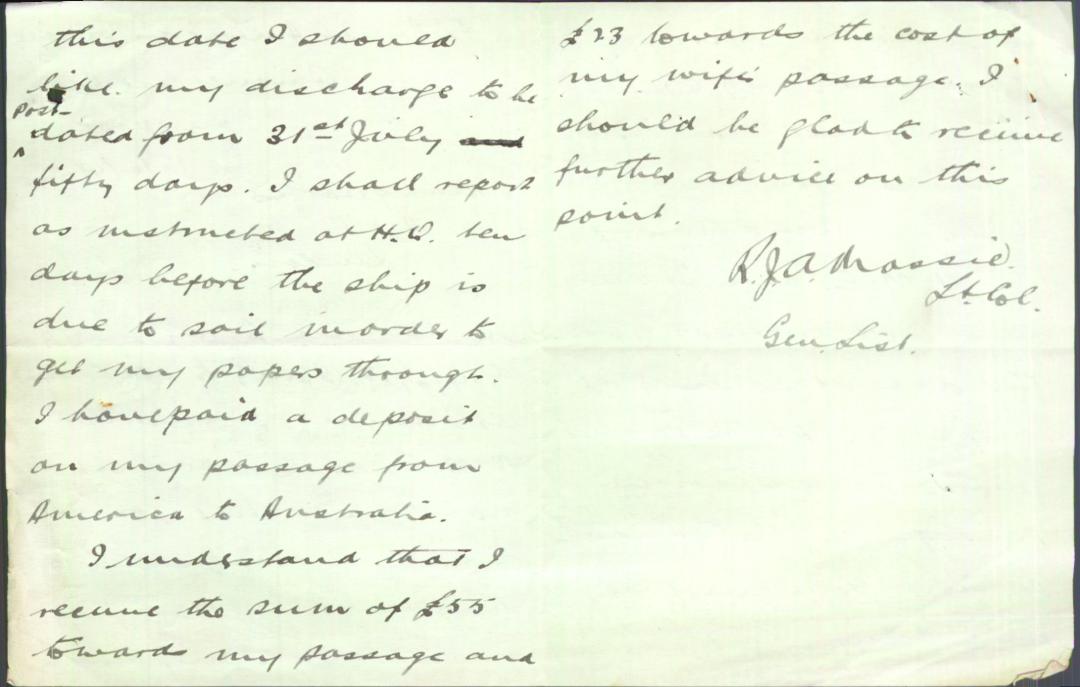

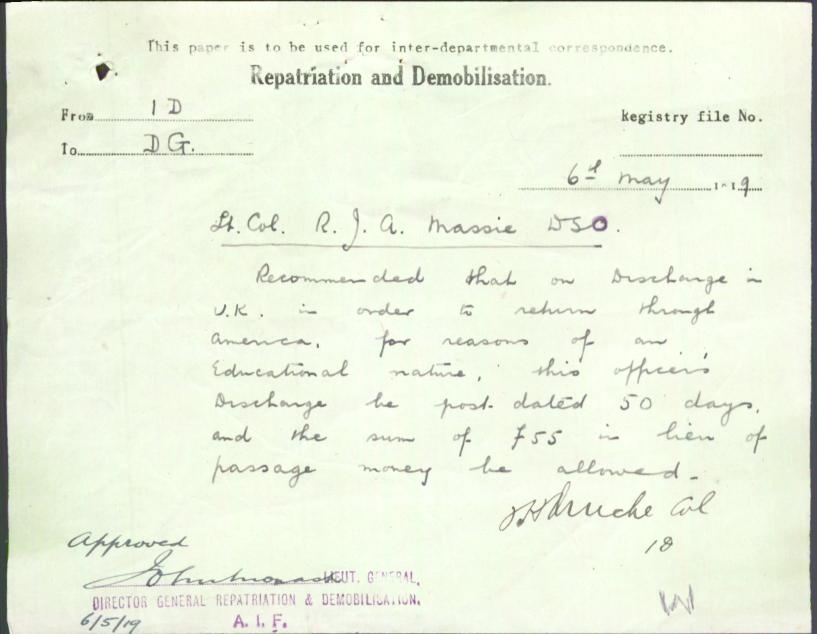
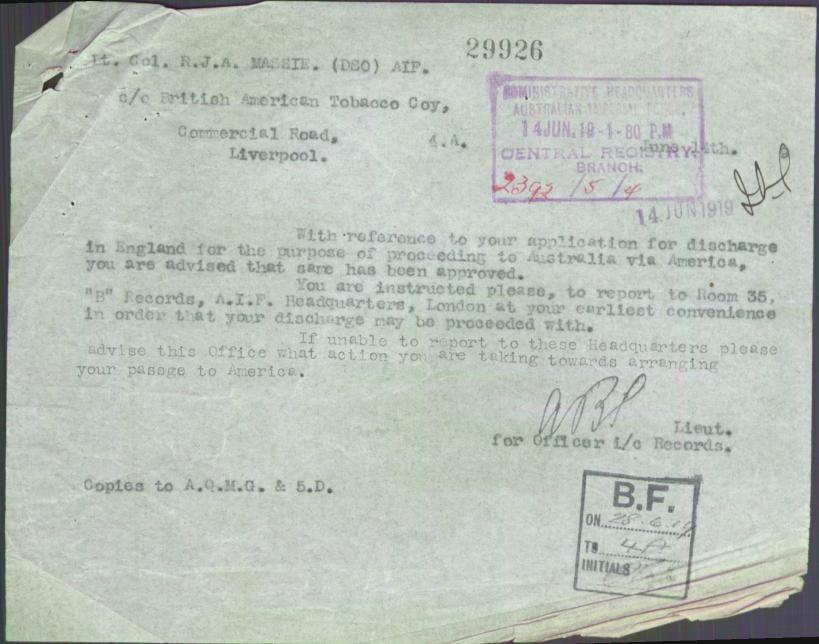
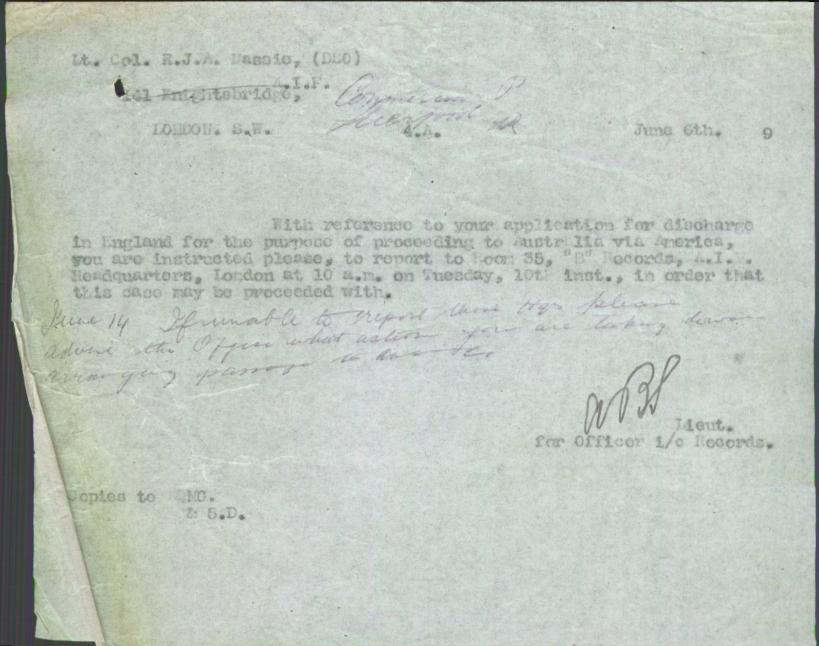

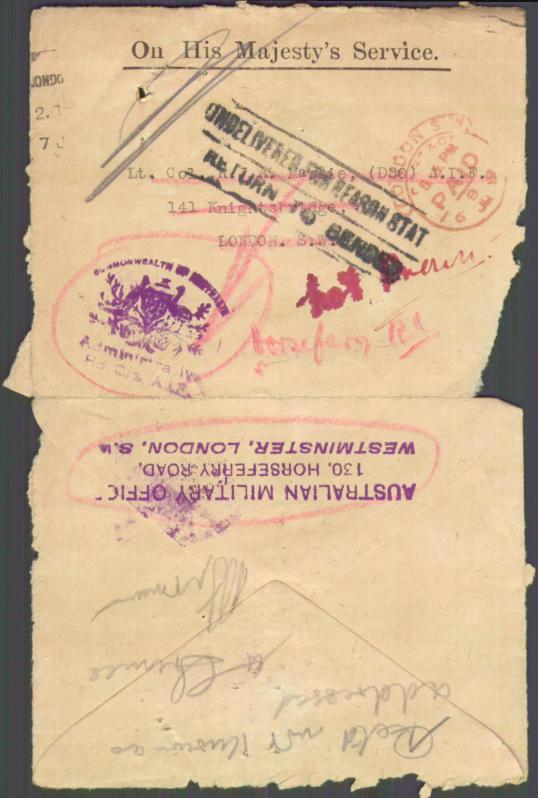
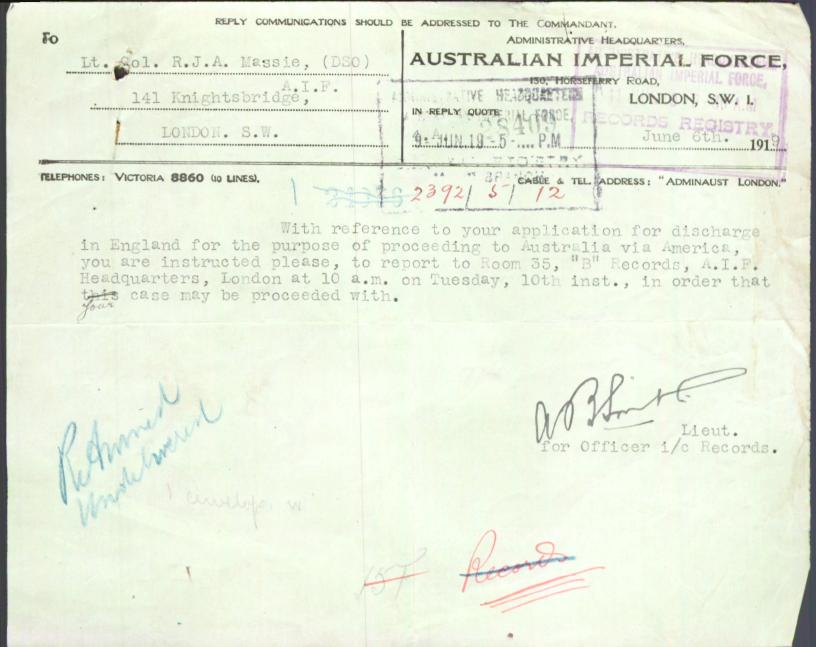
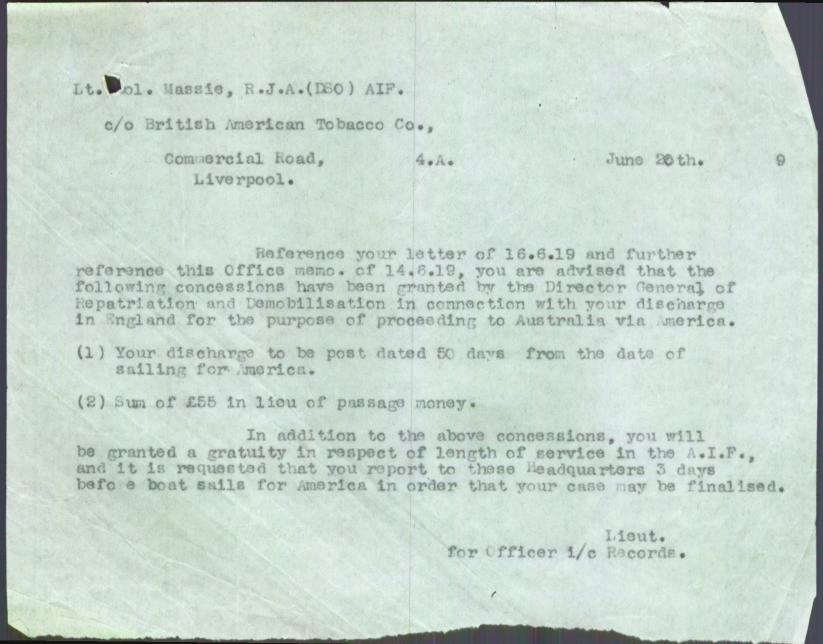
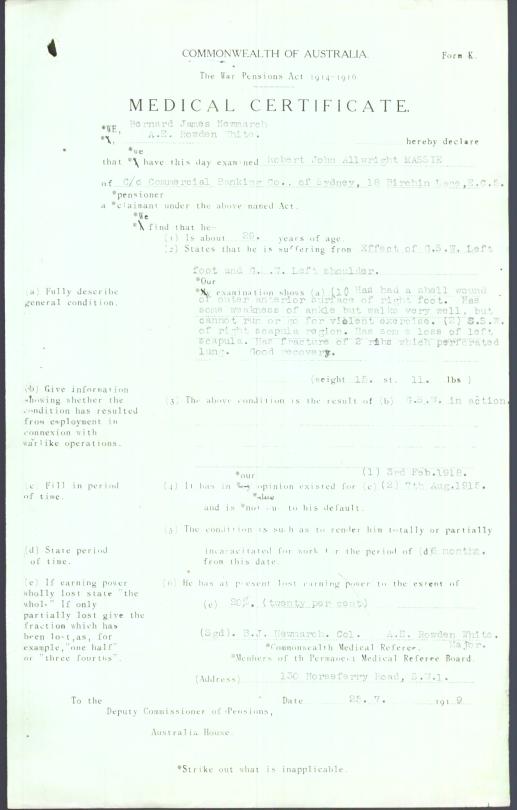


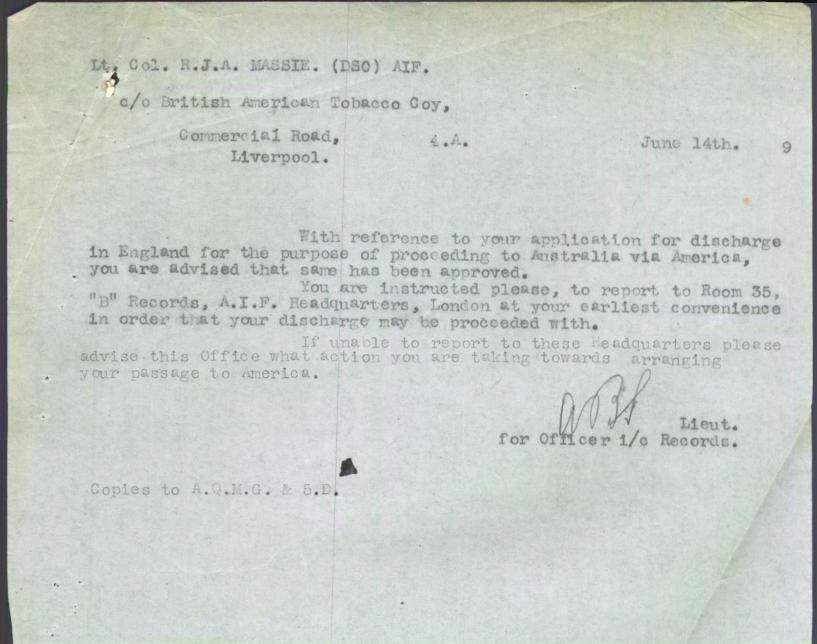
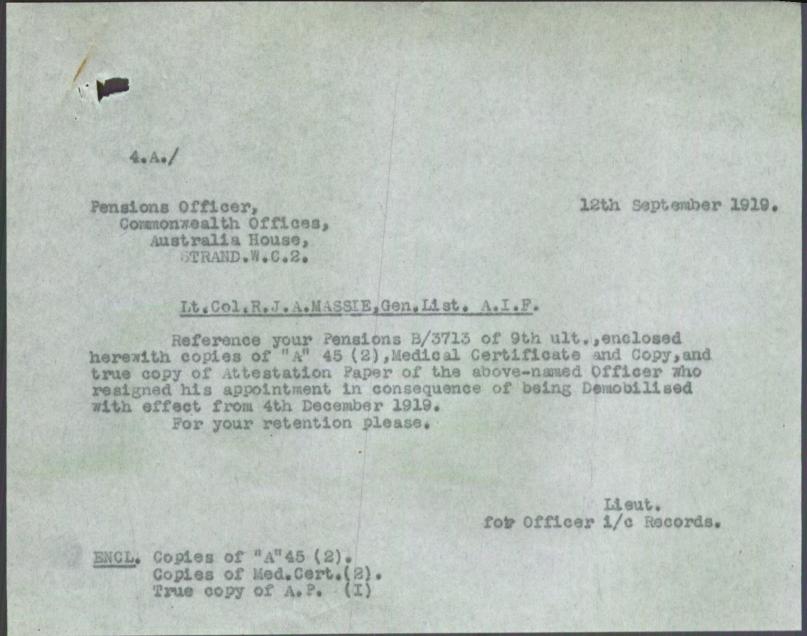

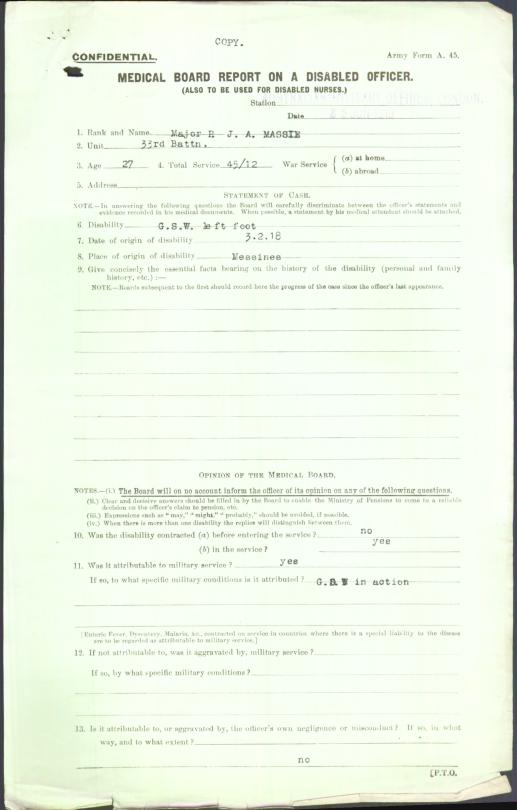


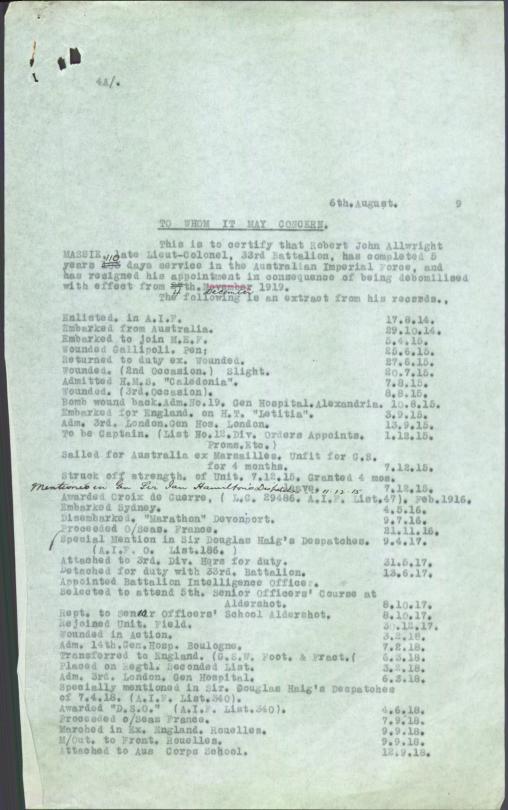
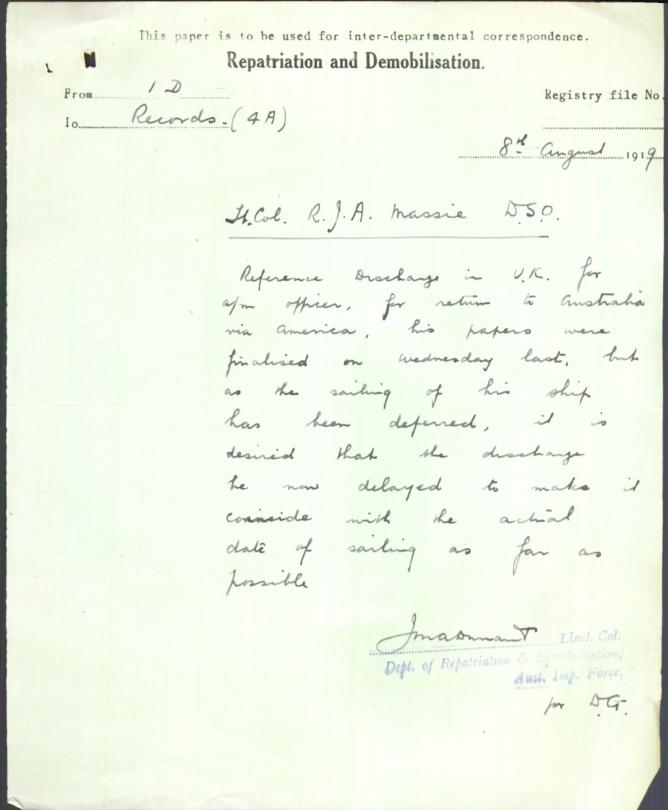


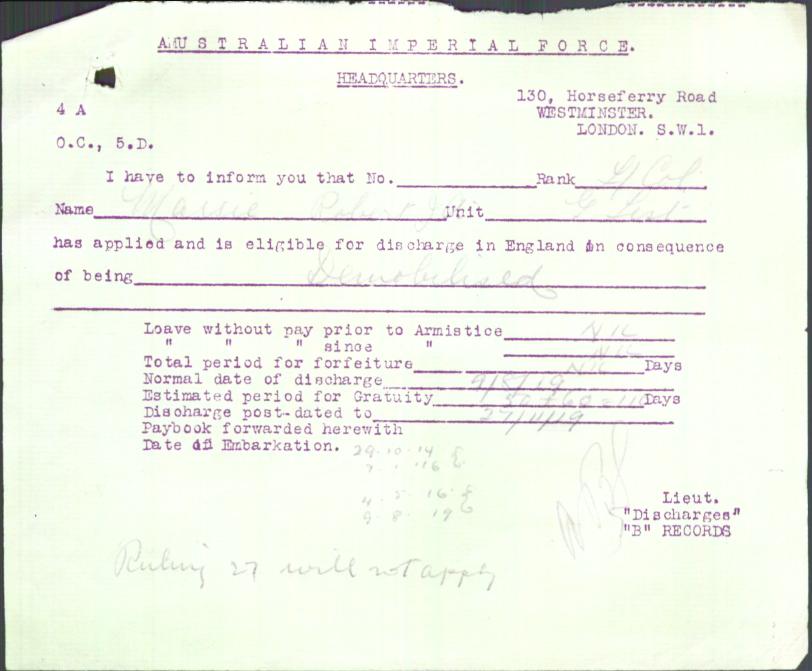



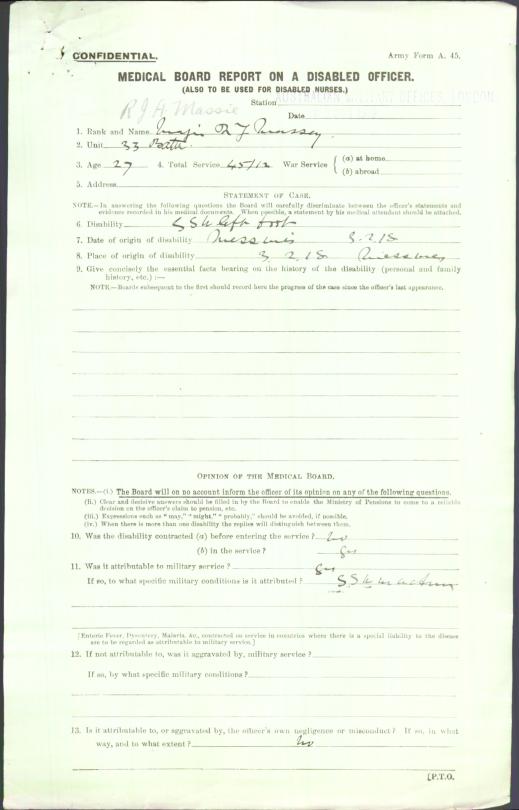

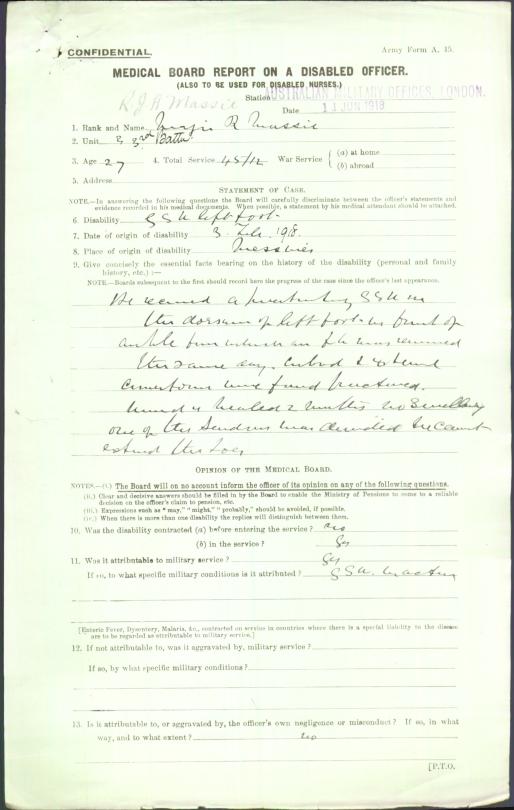
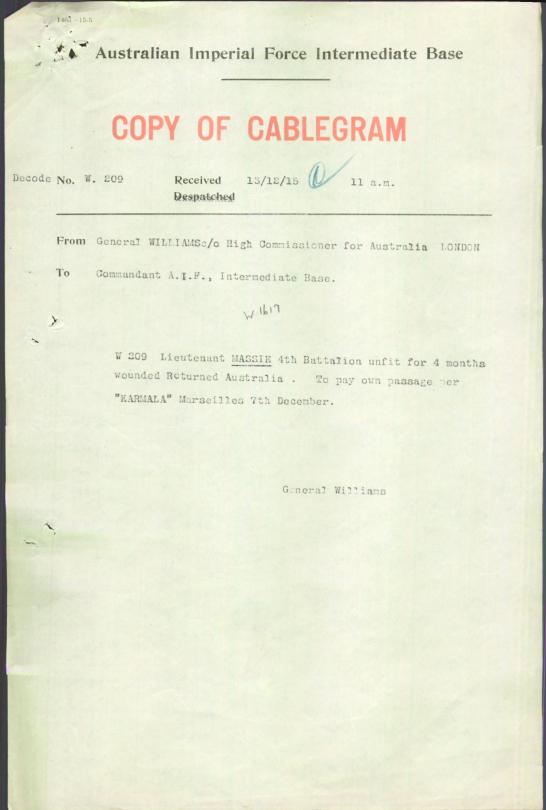
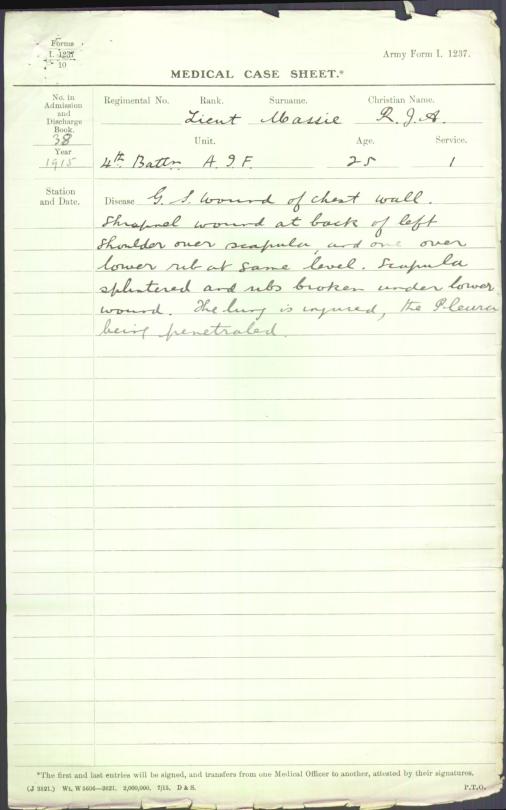

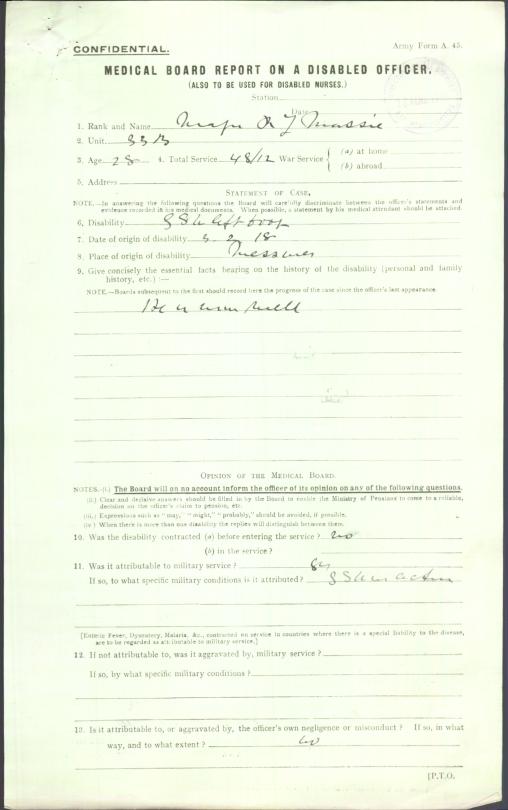
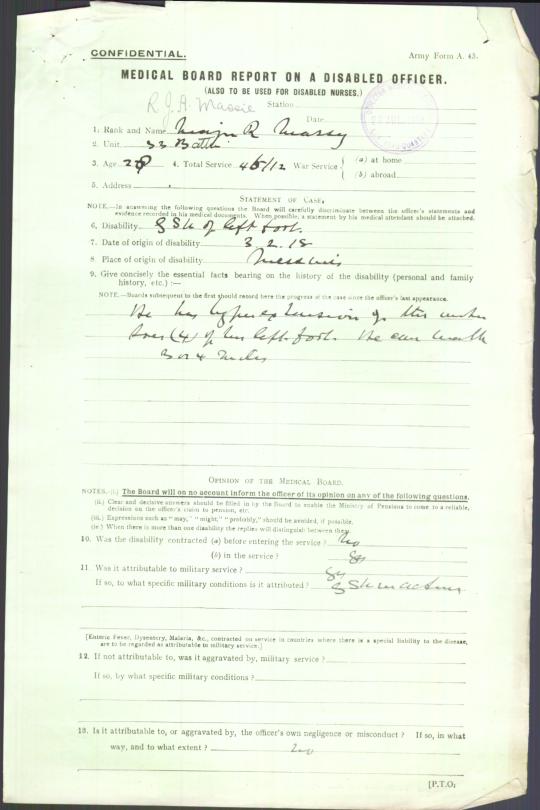
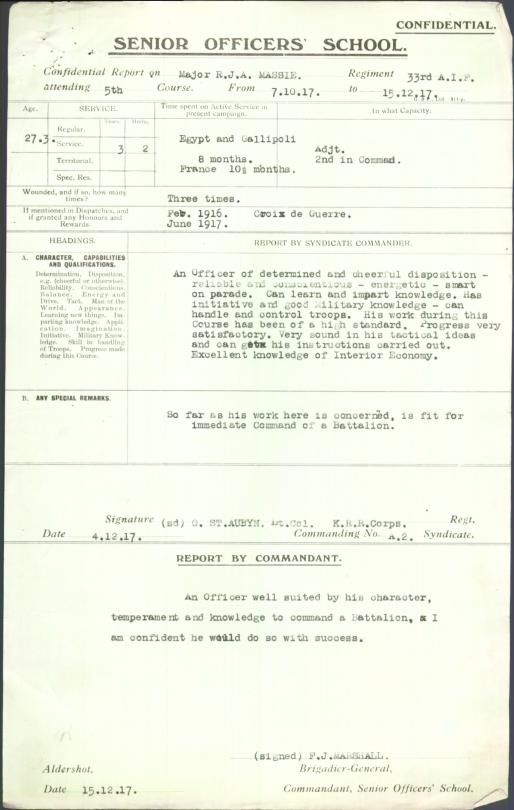

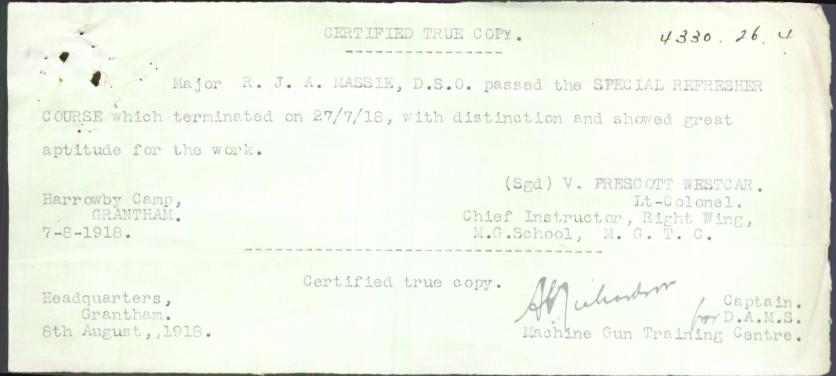

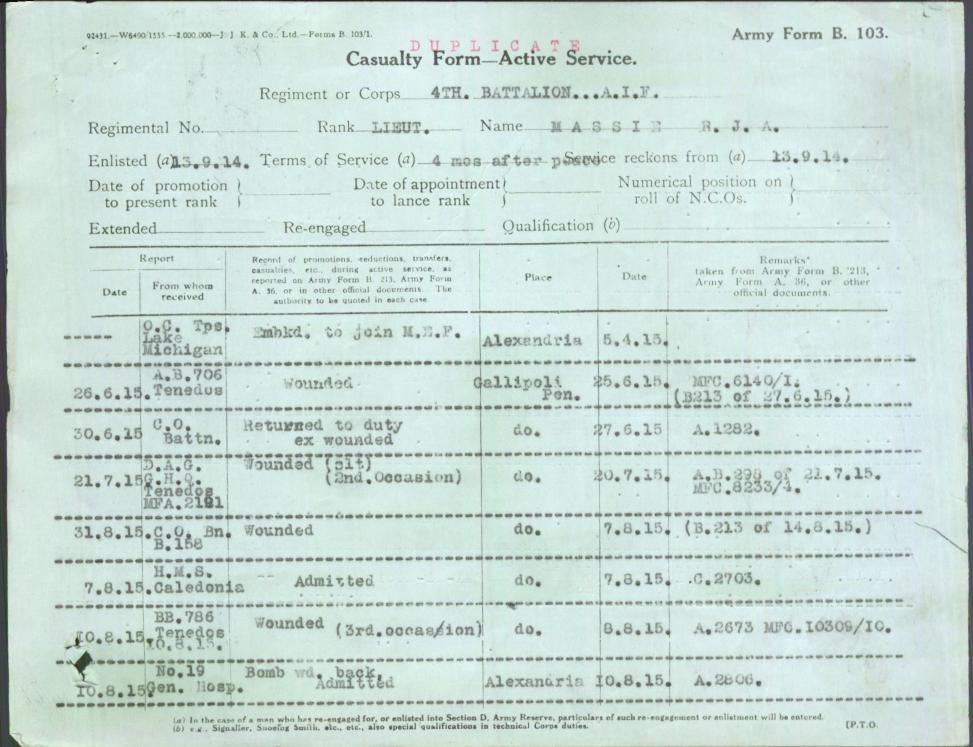
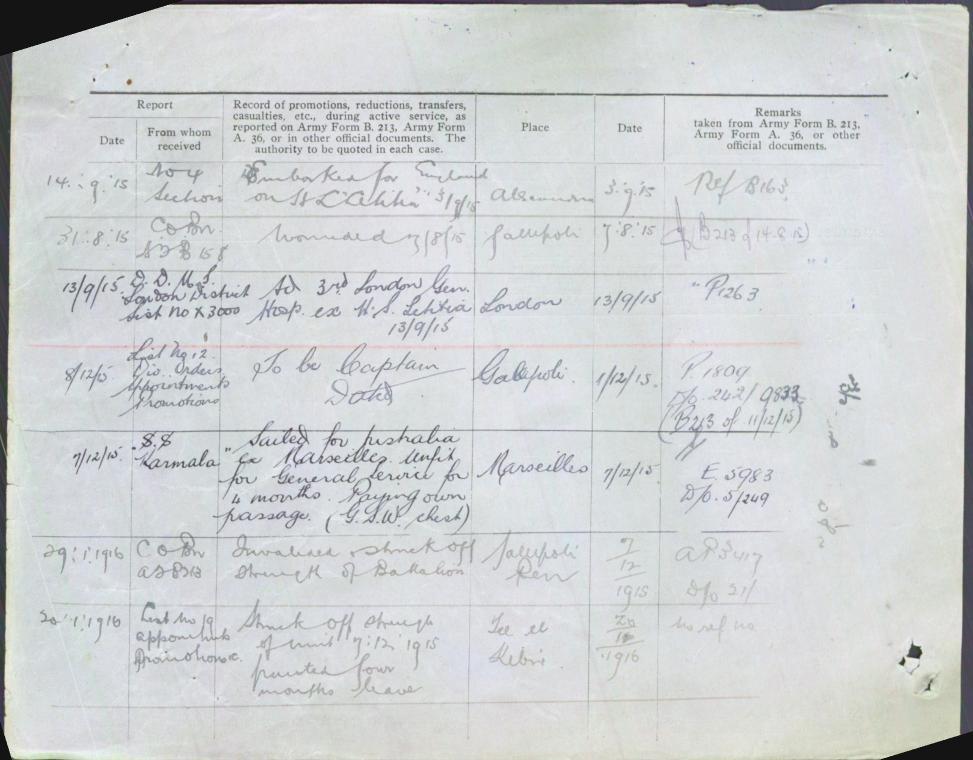
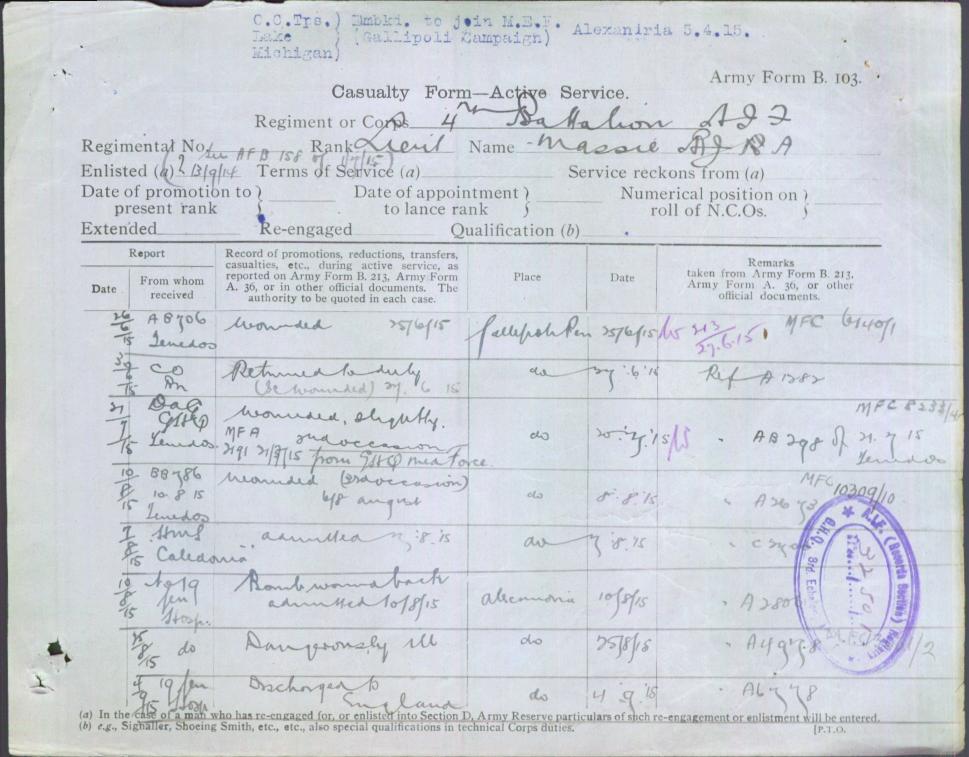
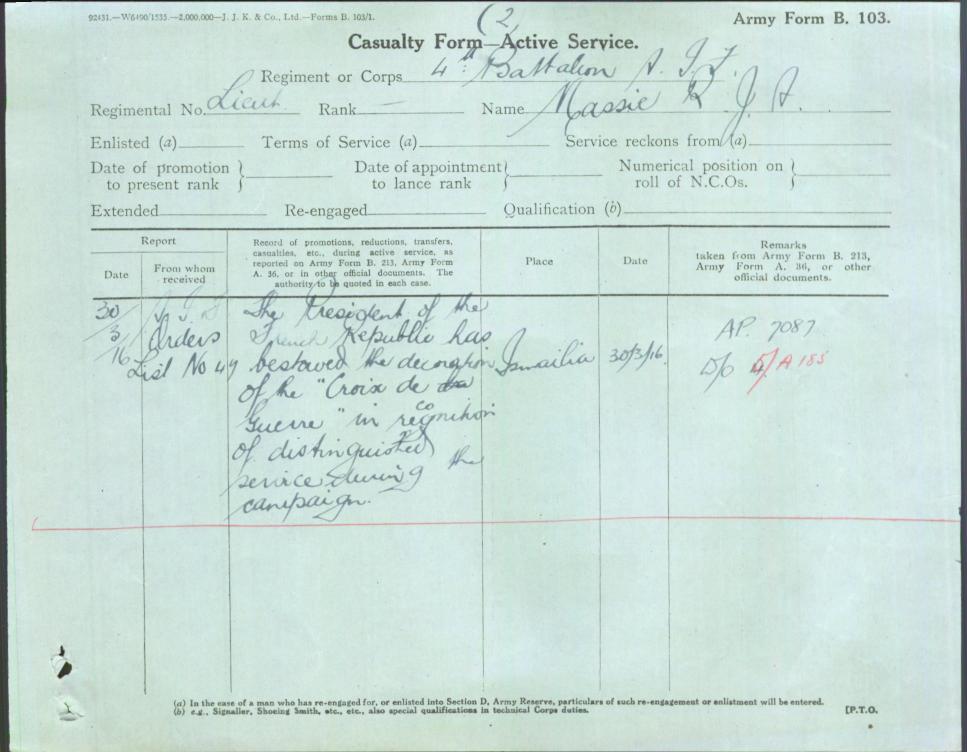
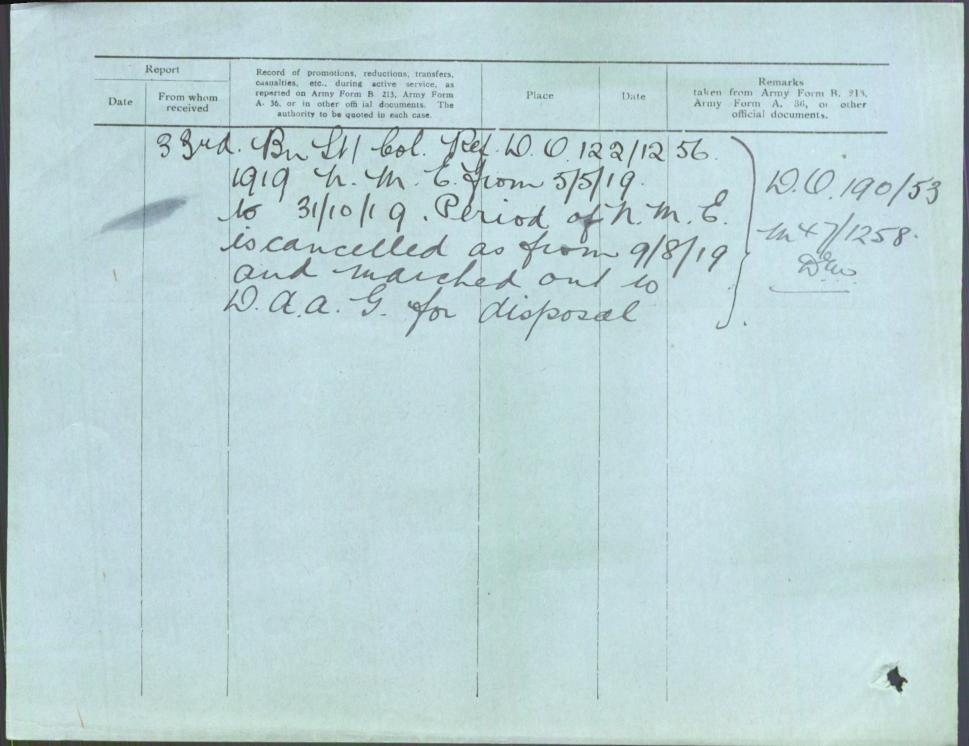

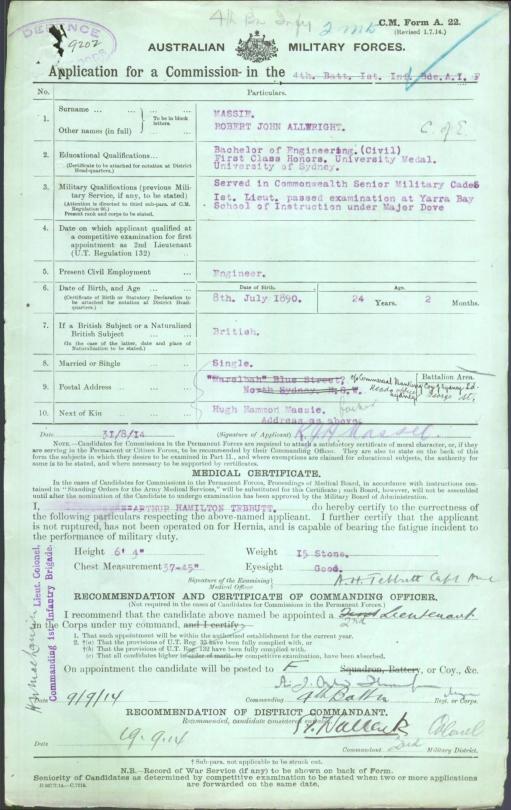



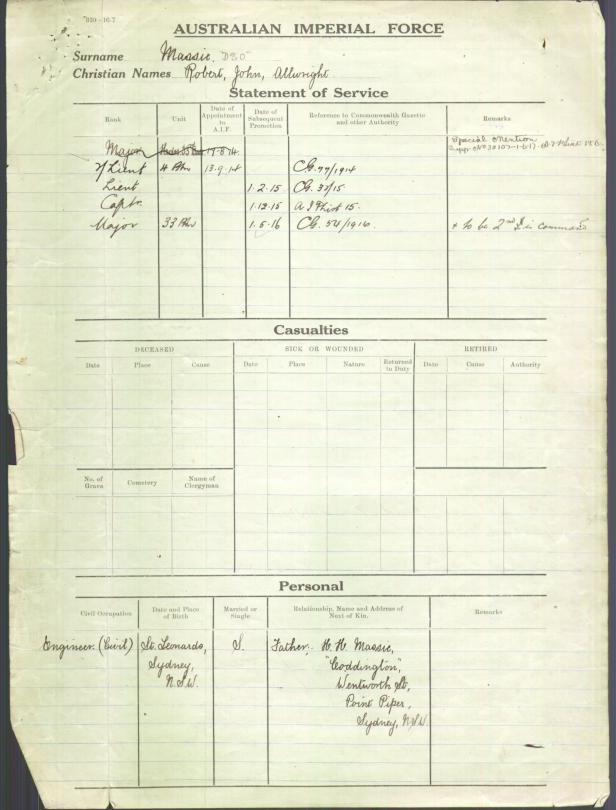
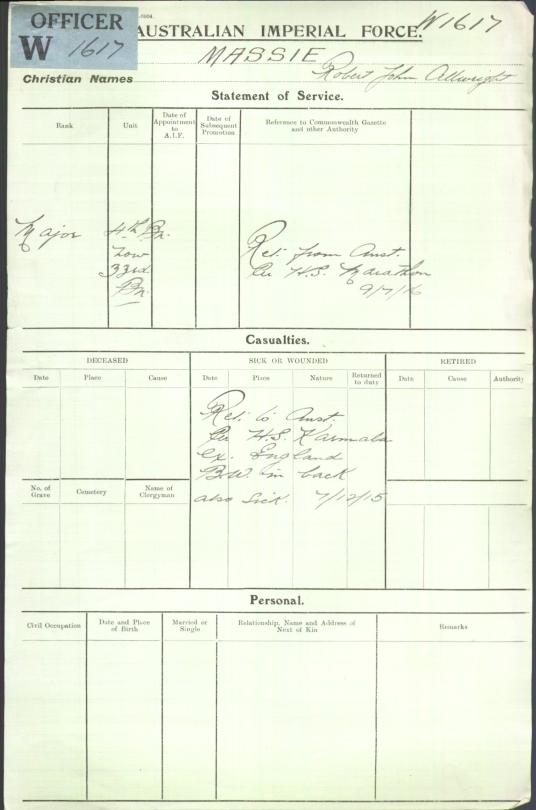
© Commonwealth of Australia (National Archives of Australia)
Under Construction; 2010-28/12/2017.